
Interactive Wetland Experience for the Next Generation
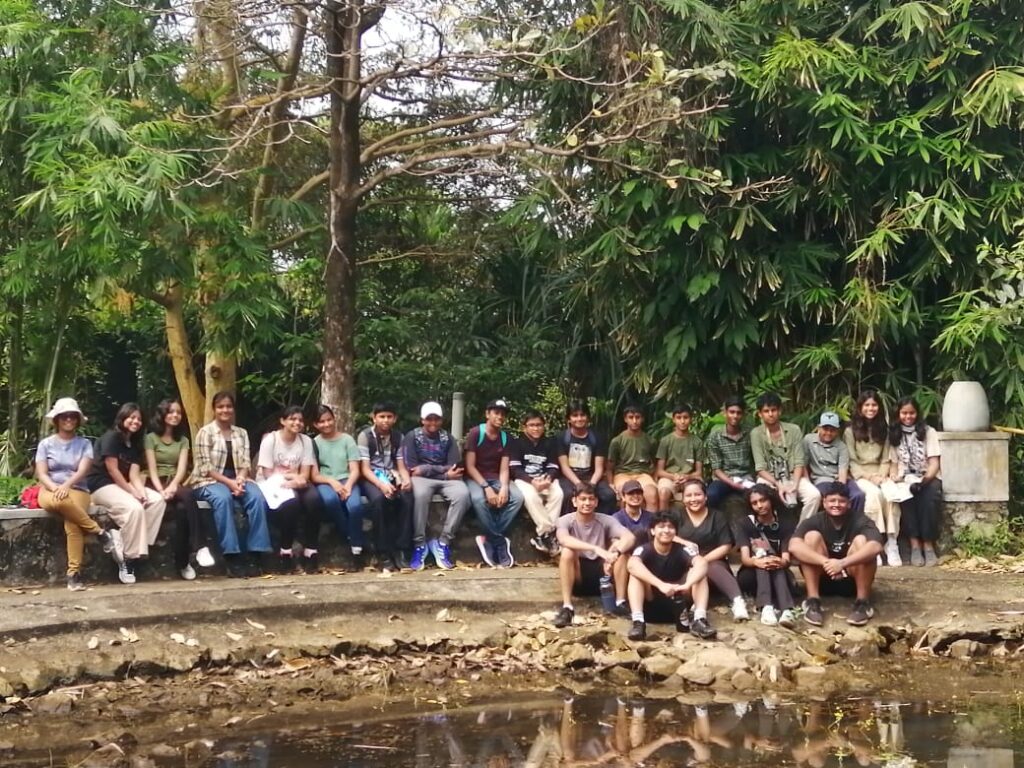
In collaboration with Dole Lanka and Cargills Ceylon PLC, BSL organized an educational Wetland Walk at Diyasaru Park for students of Stafford International School on 5th February 2025. The walk provided young minds with the opportunity to explore the biodiversity of wetlands, observe their ecological significance, and understand their role in climate resilience and water purification. This immersive experience allowed students to observe firsthand the rich biodiversity of wetlands and understand their critical functions, such as acting as natural water purifiers and buffers against climate impacts.
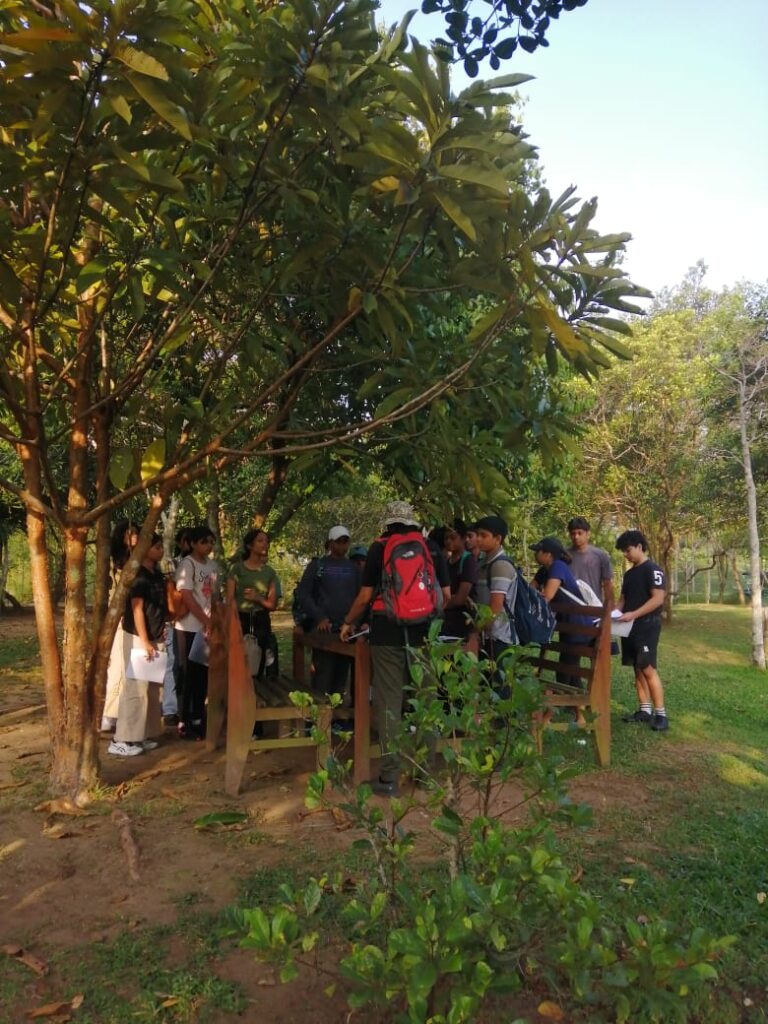
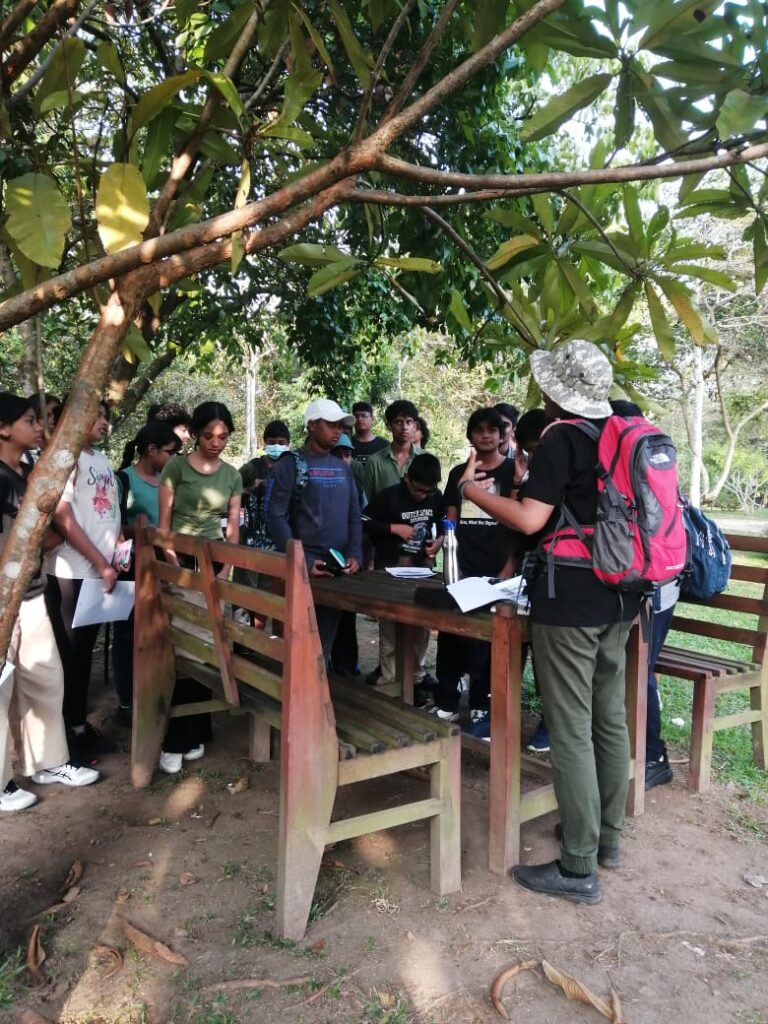

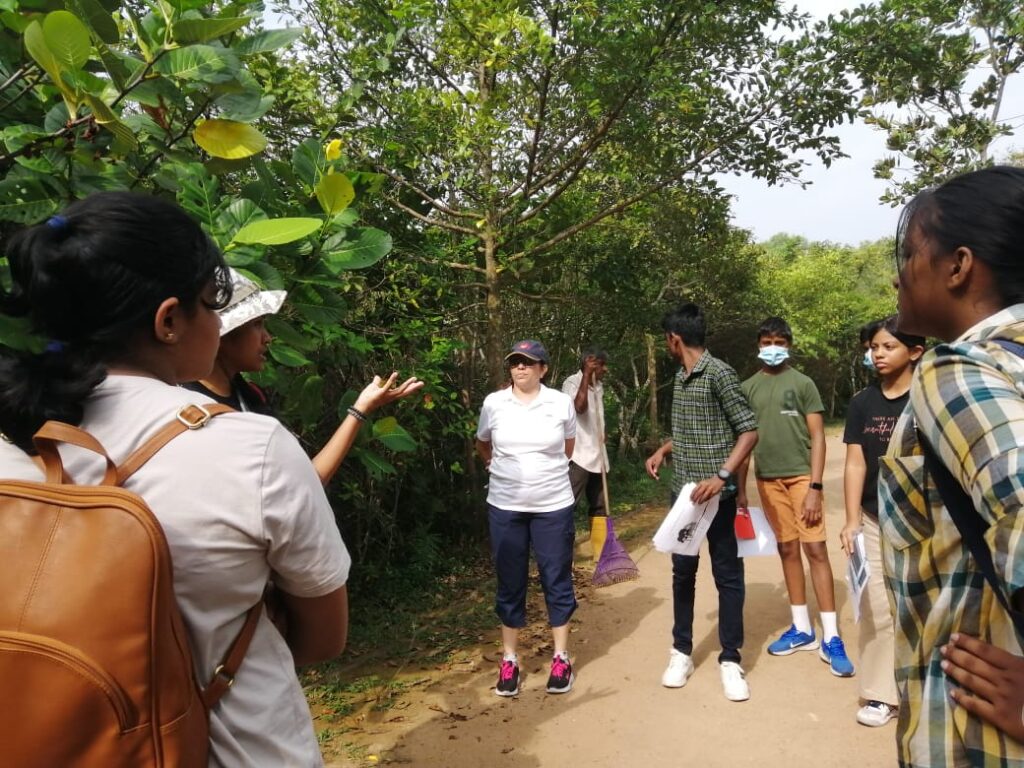
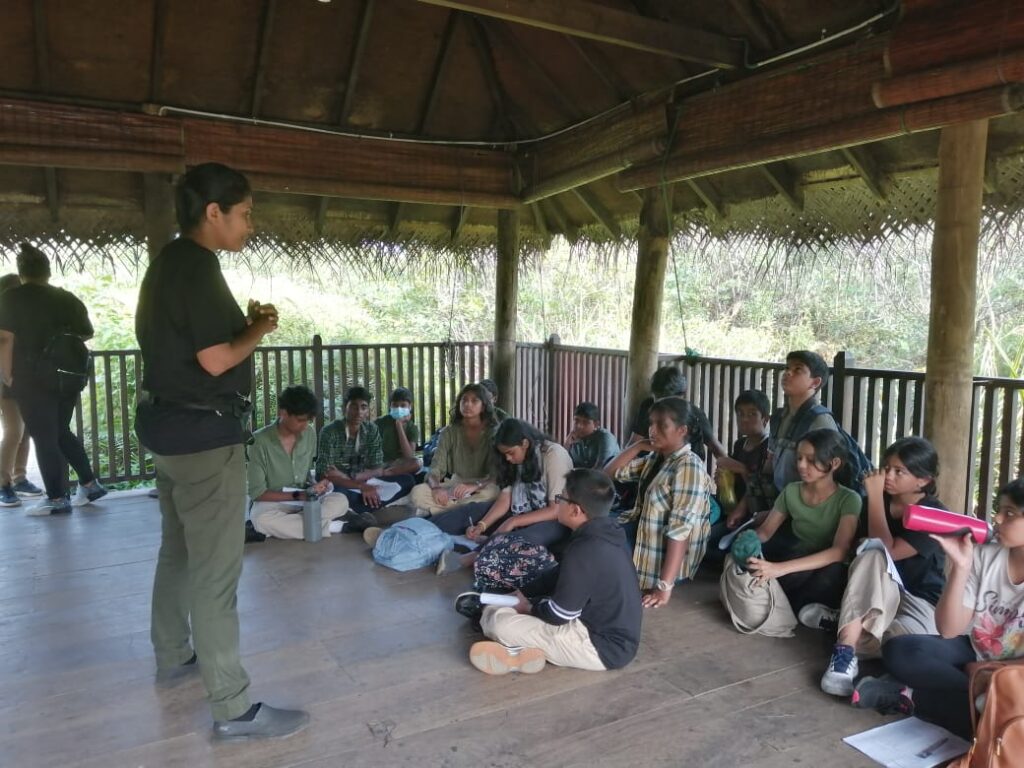
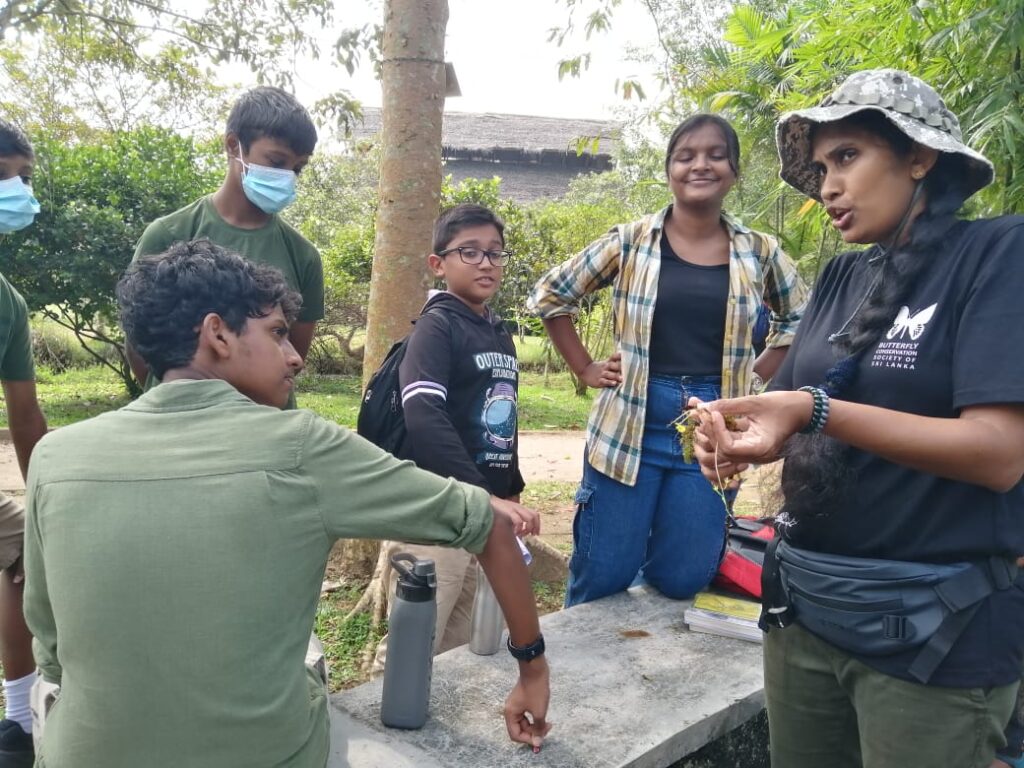
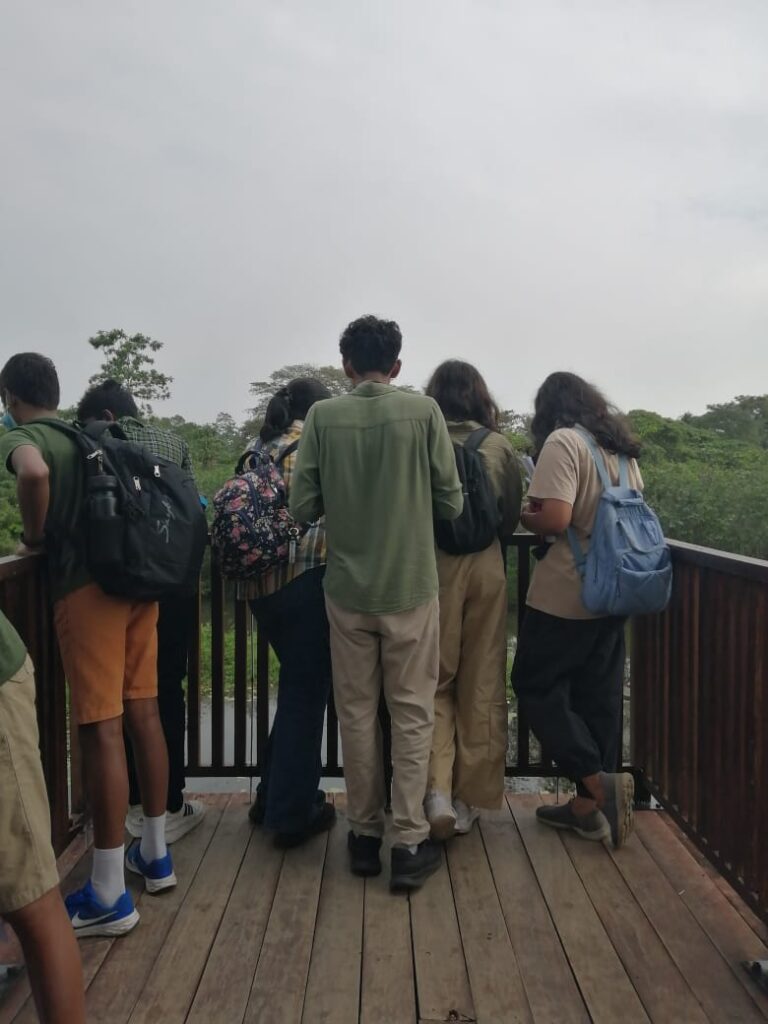
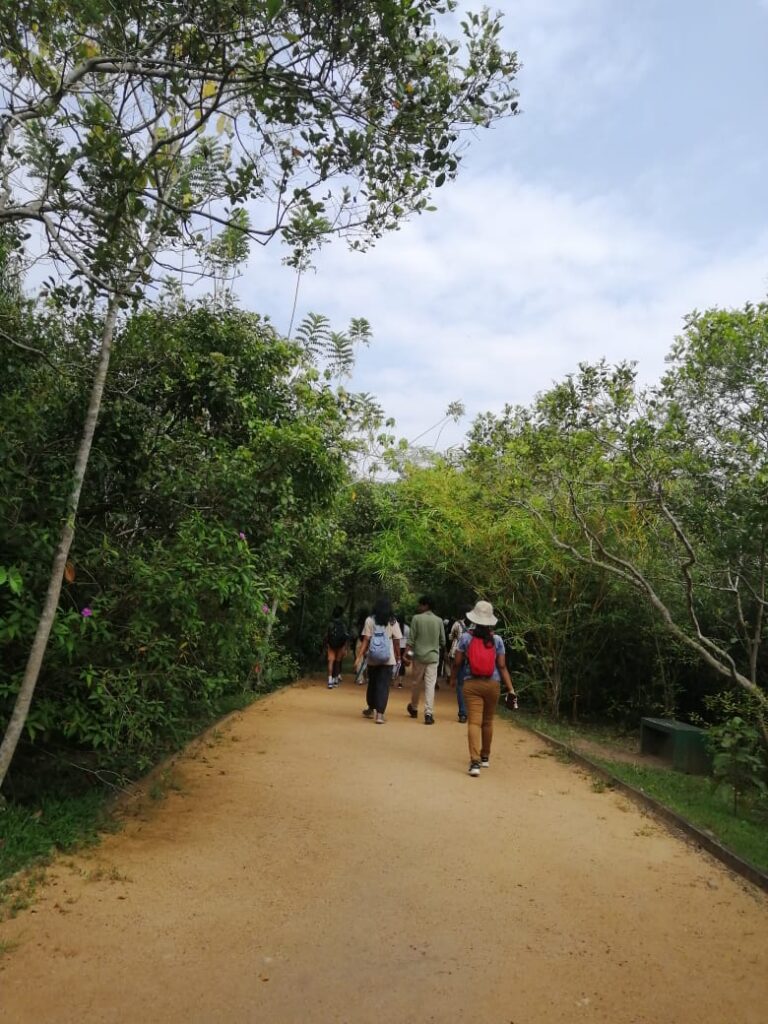
The students were introduced to the concept of wetlands as ‘nature’s kidneys’, filtering pollutants and supporting a diverse range of species. Through interactive discussions, they learned about the threats wetlands face—including habitat destruction and pollution—and the importance of conservation efforts. The initiative underscored the critical role that youth play in safeguarding natural ecosystems for future generations. By engaging young minds, the initiative aimed to cultivate future stewards of environmental conservation.
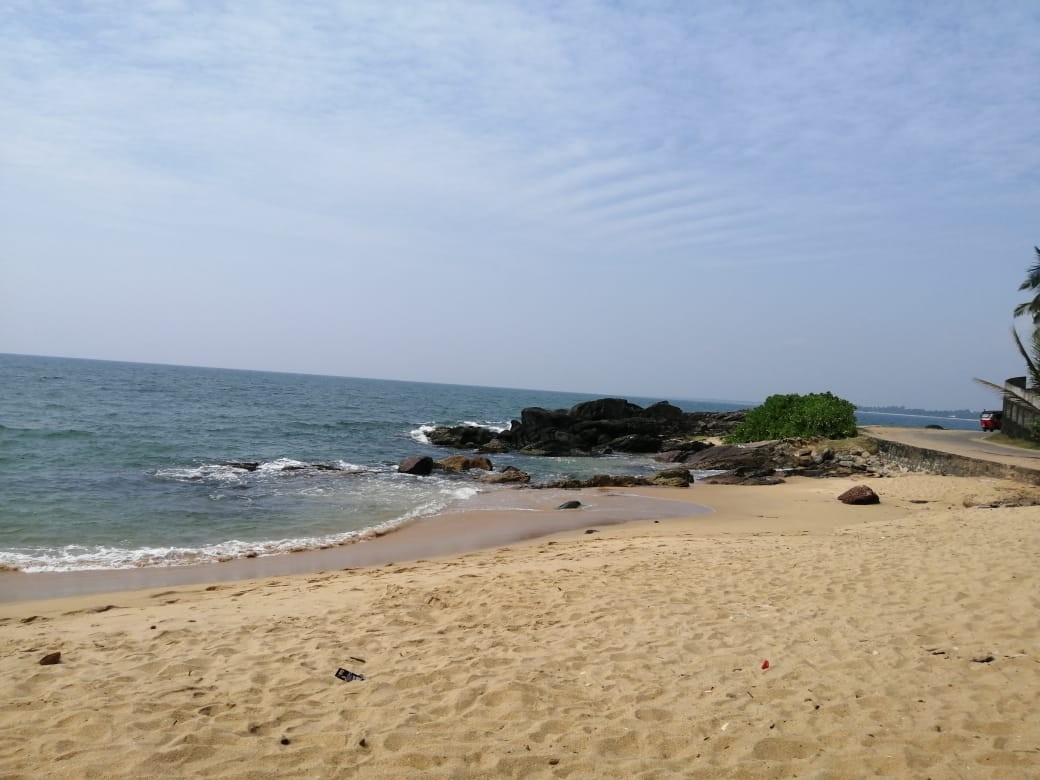
Life to Our Beaches Fuels the Clean Sri Lanka Campaign
Sri Lanka’s picturesque coastline is under threat from marine pollution and mismanaged waste, challenges that not only harm the environment but also undermine the country’s tourism and economic potential. In response, the Life to Our Beaches Project is making a tangible impact, creating cleaner, more resilient coastal areas while offering significant opportunities for the private sector to contribute to a sustainable future.
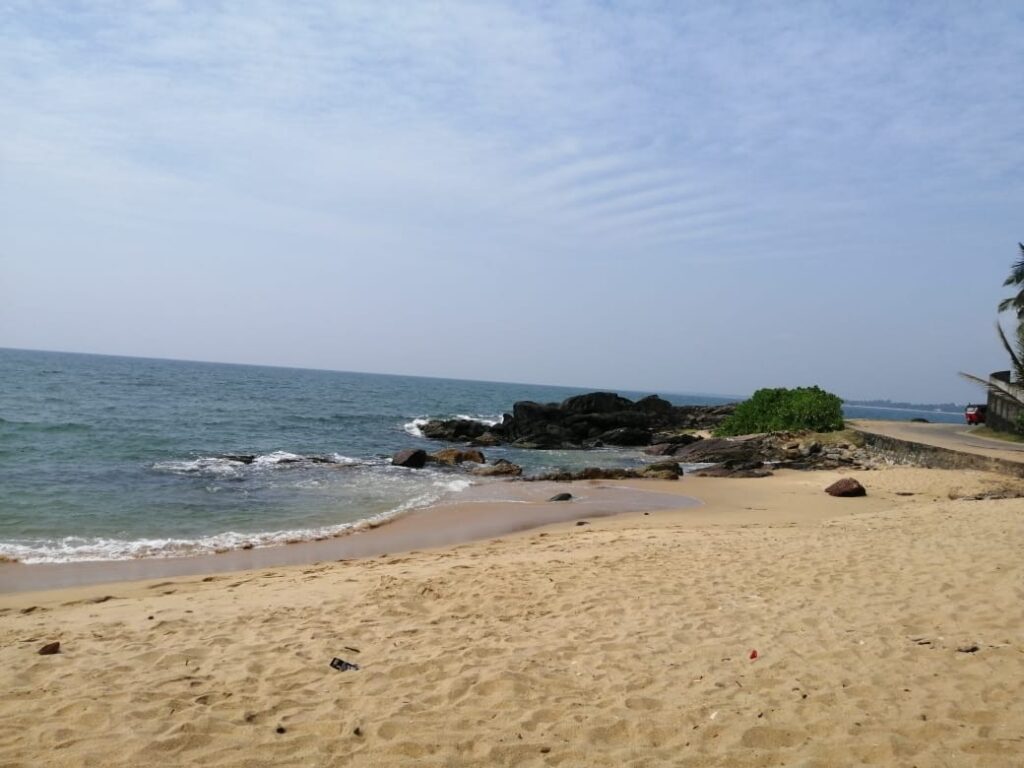
Cleaning Up for a Clean Sri Lanka
The Clean Sri Lanka campaign is now setting the national agenda for environmental stewardship, and the Life to Our Beaches Project is a shining example of such a vision in action. Two pilot projects, located at Kalutara’s Calido Beach and Beruwala’s Kechchimale Beach Park, have demonstrated how targeted interventions can restore the natural beauty of our coastal areas. At Calido Beach, a 500-meter stretch that was heavily polluted by waste from the Kalu River, concerted cleanup efforts led by a partnership between the Ministry of Environment, Biodiversity Sri Lanka (BSL), and Commercial Bank have resulted in the removal of over 1,586 kilograms of waste. Similarly, the Kechchimale Beach Park project in Beruwala, supported by the Bank of Ceylon, tackled pollution stemming from plastic waste and sewage from the local fishery harbor, removing 169 kilograms of debris.
Beyond environmental cleanup, these initiatives have also provided socio-economic benefits. Beach caretakers, who are predominantly from economically disadvantaged communities, have earned supplementary income through the recycling of waste. For example, the caretaker at Calido Beach generated earnings of LKR 35,585 through recyclable sales. Such outcomes not only contribute to a cleaner environment but also enhance livelihoods, underscoring the holistic benefits of sustainable beach management.
Opportunities for the Private Sector
For private sector players, the Life to Our Beaches Project represents more than just a charitable endeavor—it is a strategic opportunity to drive corporate social responsibility (CSR) initiatives, boost brand reputation, and contribute to the national Clean Sri Lanka campaign. Companies that invest in or sponsor these projects can benefit from enhanced visibility, positive community engagement, and alignment with global sustainability trends.
Leading financial institutions like Commercial Bank and the Bank of Ceylon have already set a precedent by supporting these initiatives. Their involvement demonstrates how aligning business strategies with environmental goals not only fulfills regulatory and CSR mandates but also opens up new avenues for innovation and growth. In today’s market, consumers and investors increasingly favor companies that are committed to environmental stewardship, and involvement in such projects can significantly enhance corporate image and competitiveness.

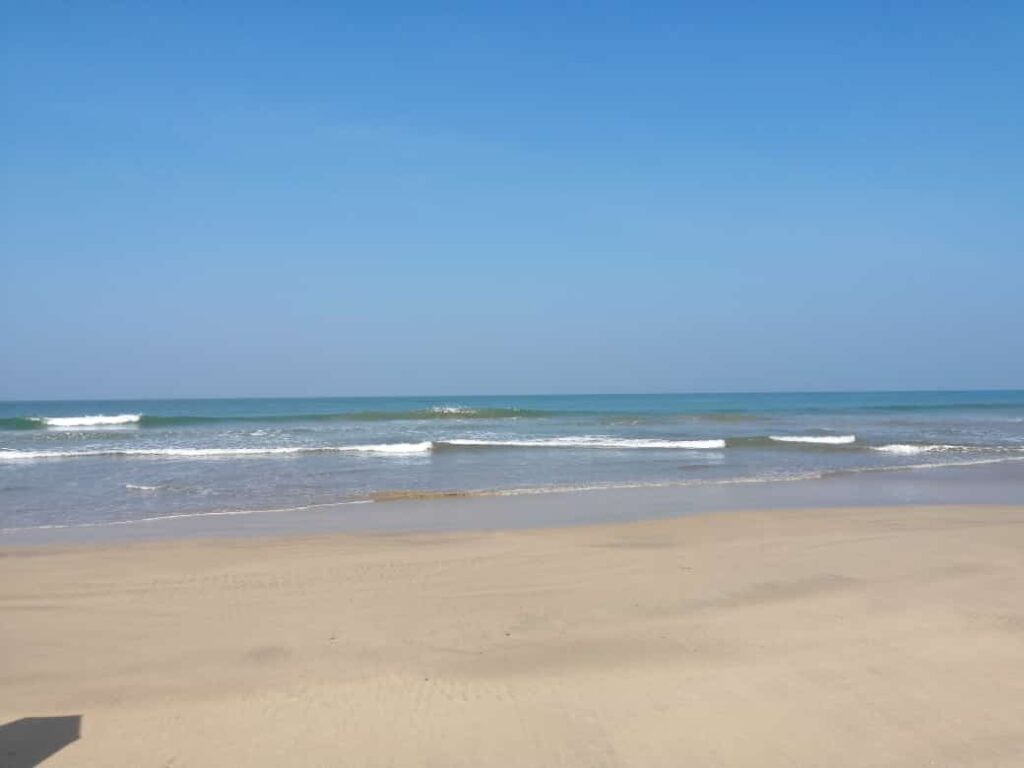
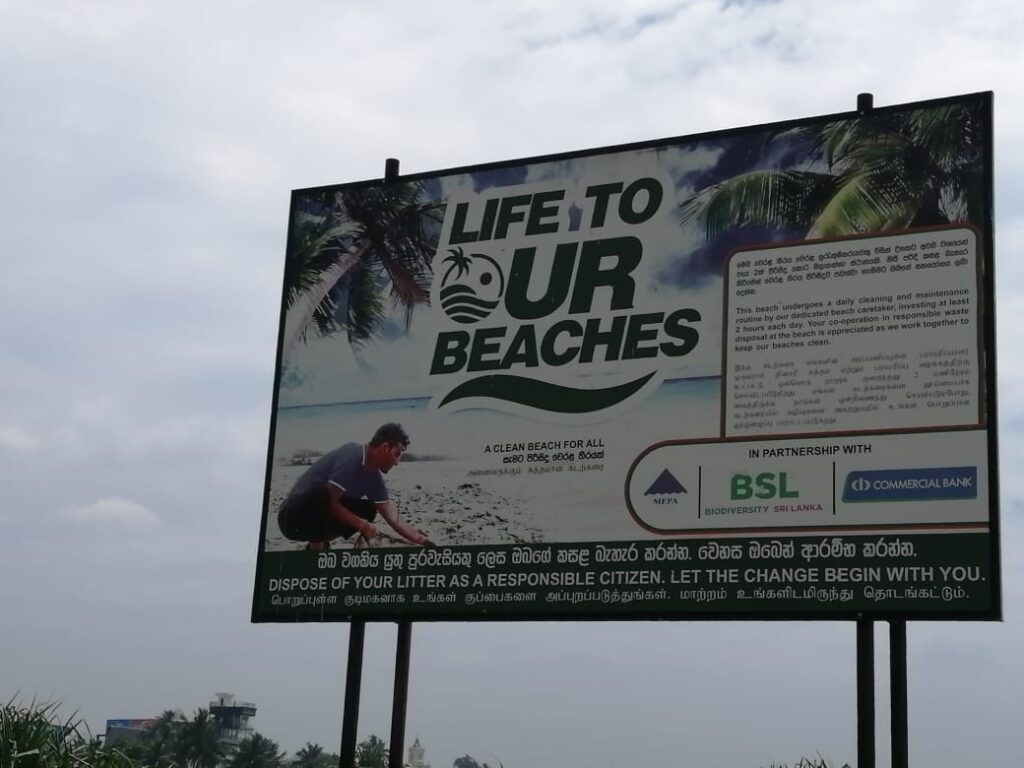
Scaling Up and Future Prospects
Building on the success of the pilot projects, the Life to Our Beaches Project is set to expand to new locations, including Kayankerni Beach in Batticaloa, Eastern Province. This expansion aims to replicate the successes seen at Calido Beach and Kechchimale Beach Park while addressing unique challenges specific to each coastal region. The new project in Batticaloa will focus on reducing plastic pollution, improving waste management systems, and empowering local communities through sustainable beach stewardship.
Moreover, future efforts will include continuous training for beach caretakers to enhance their operational efficiency, structured recruitment and retention strategies to maintain long-term commitment, and the launch of media campaigns to boost public awareness and attract further corporate support. By scaling up these initiatives, the programme aims to create a network of clean and sustainable beaches across Sri Lanka, contributing significantly to the Clean Sri Lanka campaign and setting a benchmark for environmental responsibility in the private sector.
A Call to Action for Sustainable Impact
The transformation of Sri Lanka’s coastlines through the Life to Our Beaches Project exemplifies how coordinated efforts between government, NGOs, and the private sector can lead to measurable environmental and socio-economic improvements. For the private sector, this initiative offers a unique platform to drive innovation in waste management, foster sustainable business practices, and demonstrate a commitment to the nation’s environmental goals.
As Sri Lanka strives towards a cleaner, more sustainable future, the active participation of private companies is crucial. By investing in these projects, businesses can not only help protect one of the country’s most valuable natural assets but also contribute to the broader national agenda of a Clean Sri Lanka. In doing so, they will not only reap economic and reputational benefits but also play a pivotal role in shaping a greener, more resilient future for all.
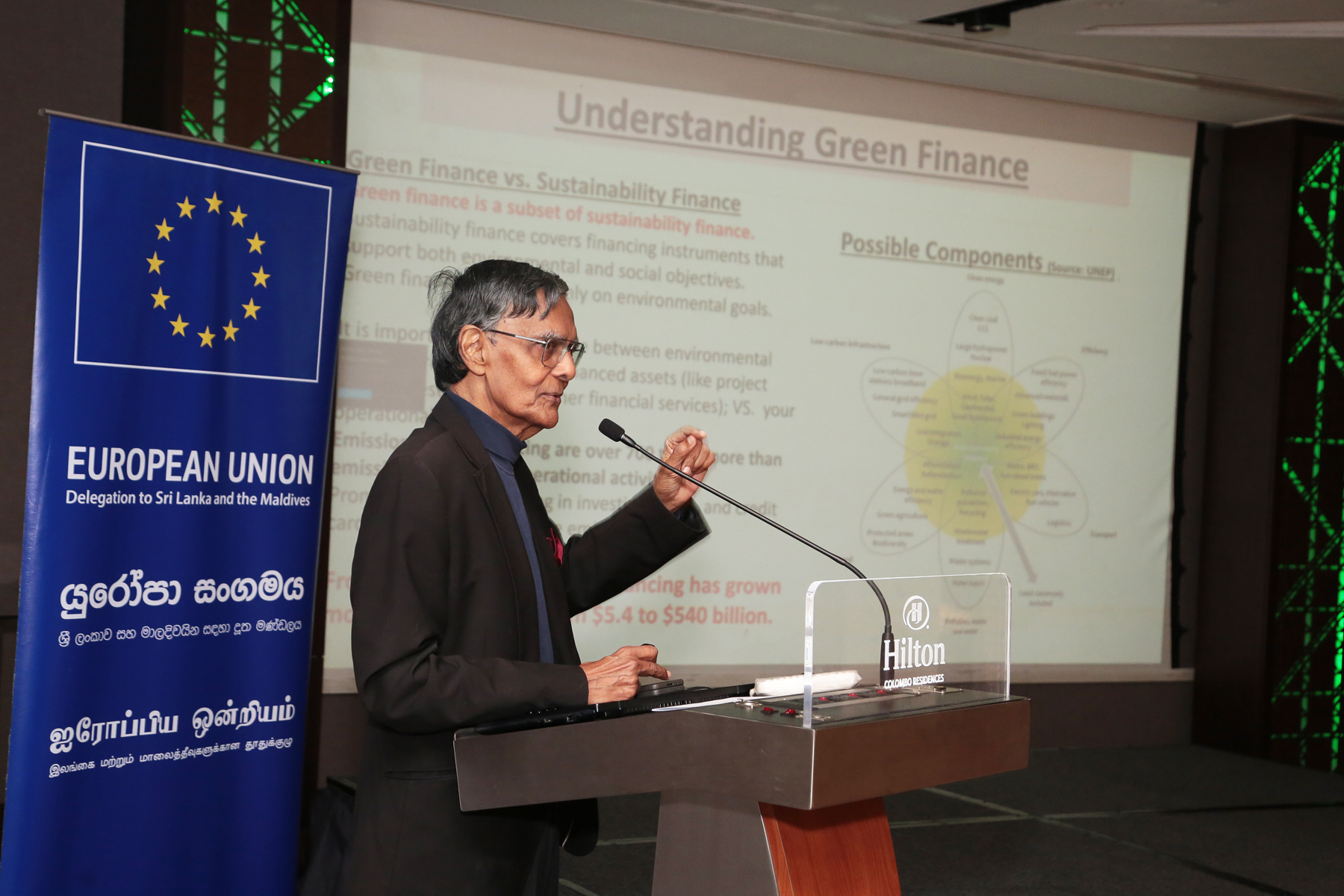
Sri Lanka’s Banking Sector: Embrace Green Finance or Fall Behind
Sri Lanka’s banking and financial sector is at a pivotal moment. With the global focus on sustainable investments, attracting green finance is now a necessity, not a choice. Professor Mohan Munasinghe, a renowned expert on sustainable development and climate finance, addressed Sri Lankan banking professionals at a seminar organised by Biodiversity Sri Lanka (BSL) under the Project PLASTICS initiative, funded by the European Union’s SWITCH-Asia programme. The event held on January 30 2025 at Jaic Hilton Colombo, aimed to help financial institutions promote a circular economy in Sri Lanka by providing them with necessary tools.
The seminar gathered 75 financial institution representatives to discuss the importance of green finance in promoting sustainable economic practices. The worldwide green finance market is growing quickly, with trillions of dollars going into projects focused on climate resilience, low-carbon, and biodiversity. For Sri Lanka’s banks to attract these funds, they must move beyond traditional lending models and embrace sustainability-aligned investment strategies.
Prof. Munasinghe’s Call to Action
Prof. Mohan Munasinghe, a Nobel Laureate and former Vice-Chair of the Intergovernmental Panel on Climate Change (IPCC), emphasised the golden opportunity for Sri Lanka’s financial institutions to adopt innovative sustainability-focused financial practices. He emphasised the need to follow global green finance standards and incorporate Environmental, Social and Governance (ESG) principles into policies to build investor confidence and stay competitive. Following frameworks such as the TCFD and TNFD can assist Sri Lankan banks in handling climate risks and appealing to global investors.
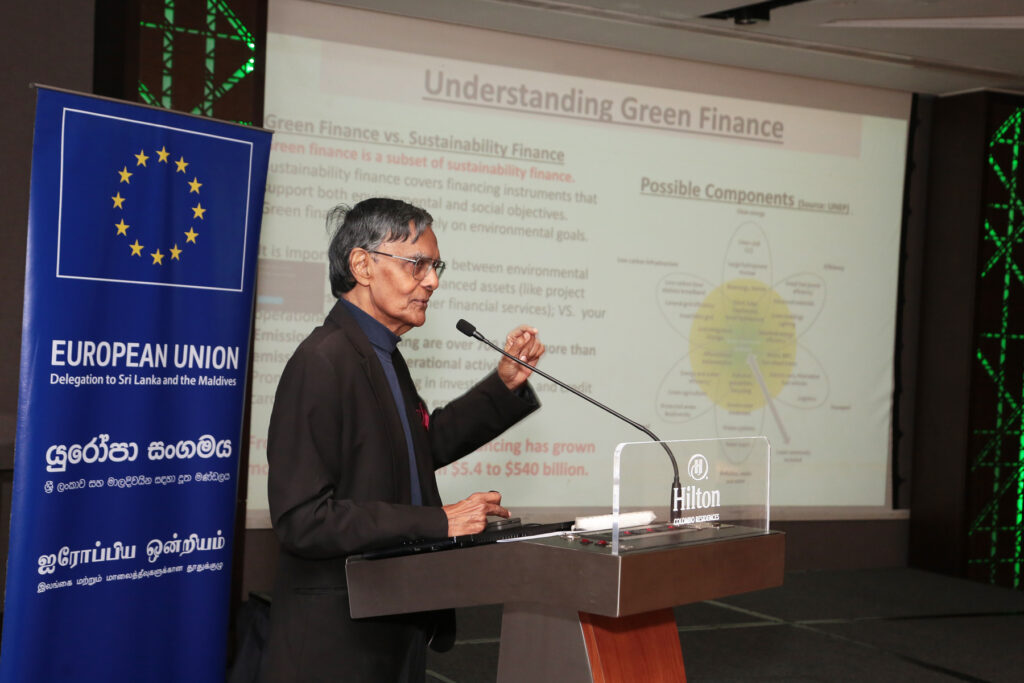
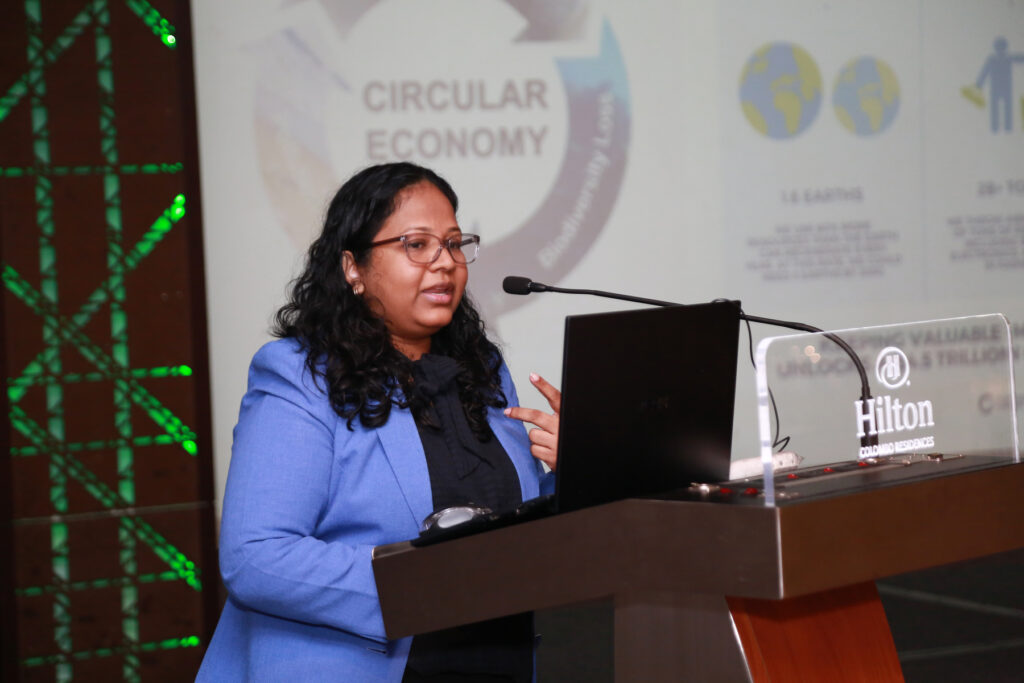
Driving Circular Innovation
Dr. Randika Jayasinghe emphasised the importance of banks in promoting the shift to a circular economy in Sri Lanka. She highlighted the need to shift from a linear to a circular economy to address climate change, biodiversity loss, and pollution. Banks can significantly influence the speed and scale of circular adoption through their investment decisions. Dr. Jayasinghe highlighted the importance of incorporating circular practices into financial strategies for sustainable financing and economic growth.
The Future of Business Sustainability
Sri Lanka is at a critical point in its economic and environmental path. As global industries adopt sustainability, the island nation needs to incorporate circular economy principles for long-term resilience. BSL’s Green Finance Specialist, Mr. Errol Abeyratne stressed the immediate importance of Sri Lanka shifting from a linear economic model to a circular one. He showed how industries can cut their carbon footprint and boost efficiency with circular business models that comply with global standards to stay competitive.
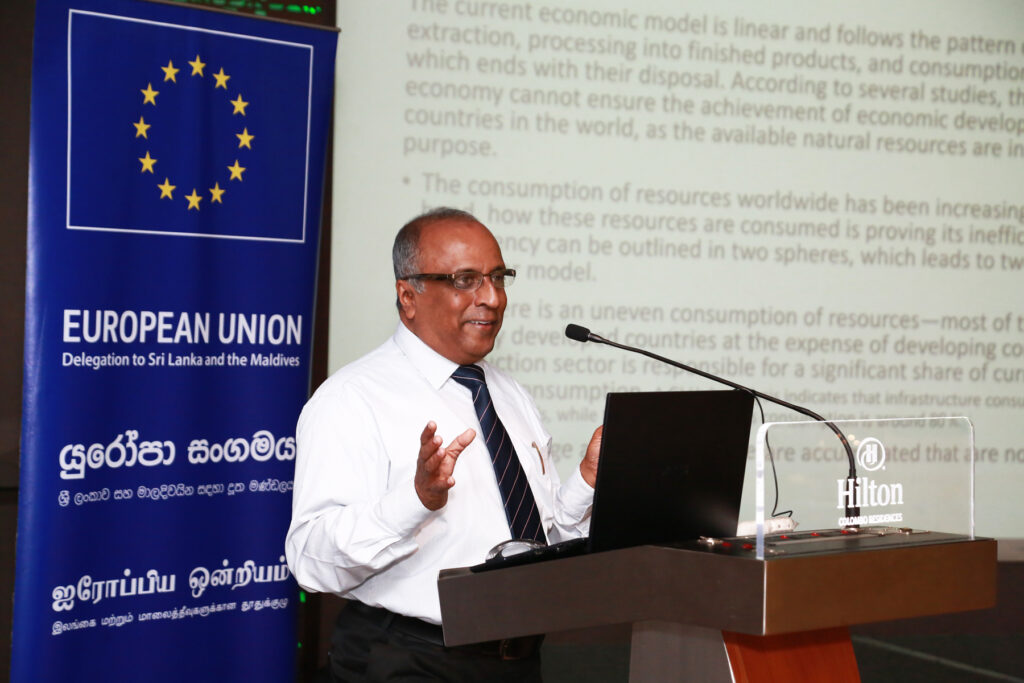
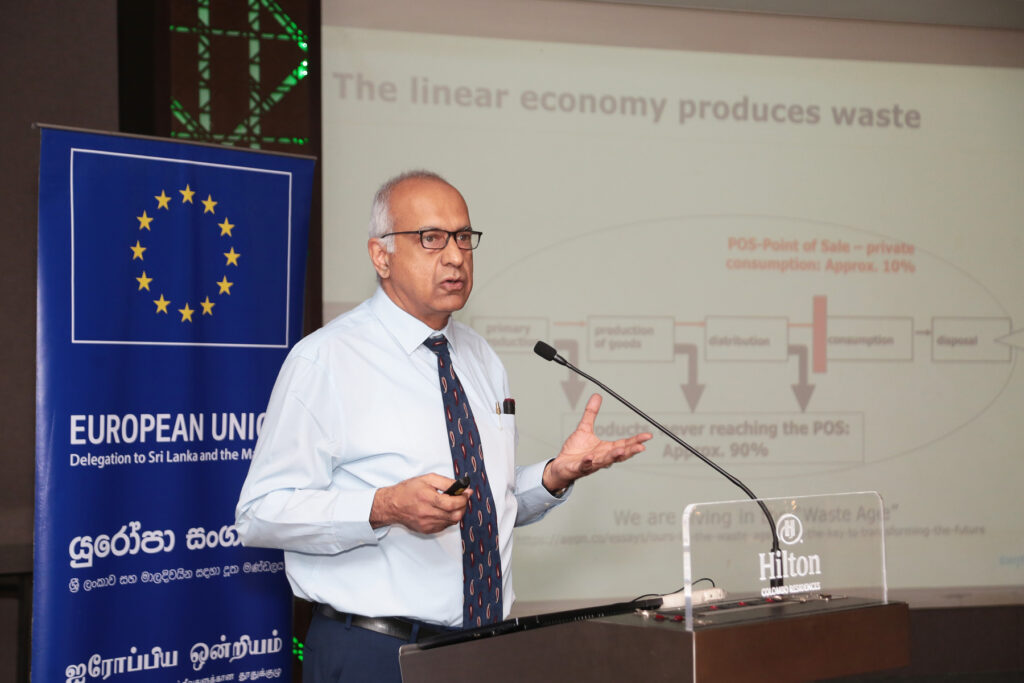
Resource Efficiency and Cleaner Production
Dr. Rajat Batra from STENUM Asia emphasised the negative effects of the linear economy on the environment and businesses, stressing the importance of transitioning to a Circular Economy and adopting Resource Efficient and Cleaner Production practices. He pointed out how wasteful resource flows in the linear economy led to environmental harm and increased business costs. Dr. Batra discussed effective methods from Europe and Asia, highlighting how industrial symbiosis and resource efficiency can lead to cost savings and environmental benefits.
The point of view of a business owner
Speaking on behalf of Small and Medium Enterprises (SMEs), Ample Clothing’s Co-Founder and Director Upekha Premathilaka highlighted the company’s commitment to sustainability and the circular economy, focusing on transforming plastic waste into biodegradable fabrics and promoting zero-waste fashion. She underscored the significant environmental impact of the fashion industry and the urgent need for sustainable practices. According to her, “Banks must evolve to support the circular economy, providing the necessary financial tools and investments to help businesses transition to sustainable models. Without this support, we risk being left behind in a rapidly changing economic landscape.”
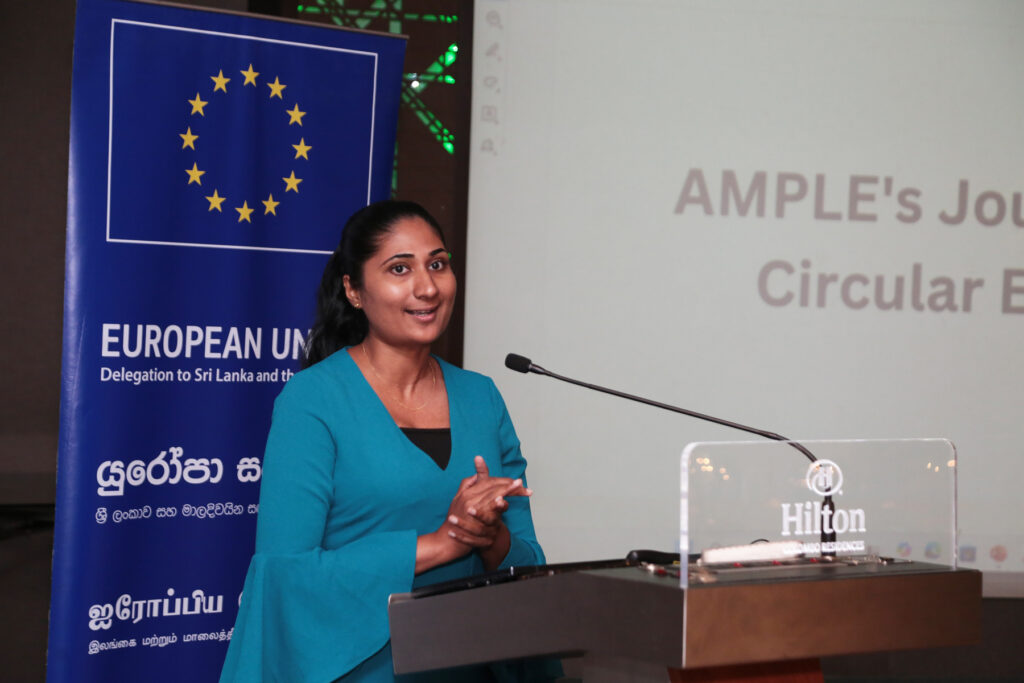
Panel calls for a Green Financial Revolution
In closing, a highly interactive panel discussion was held with the participation of: Chief Manager SME Banking of Commercial Bank Mr Mohan Fernando; Head of Sustainability Union Bank Mr Adheesha Perera; Managing Director of Alliance Finance Mr Romani de Silva; and Group Chief Financial Officer of Aberdeen Holding Group Mr Anushka de Silva. The panel emphasised the significance of creating environmentally friendly financial products like green bonds, sustainability-linked loans, and low-carbon investment funds. These financial instruments provide a competitive edge and unlock new funding opportunities for climate-friendly businesses and projects in Sri Lanka. Supporting nature-based solutions (NbS) such as mangrove restoration and regenerative agriculture is essential due to their financial and environmental benefits.
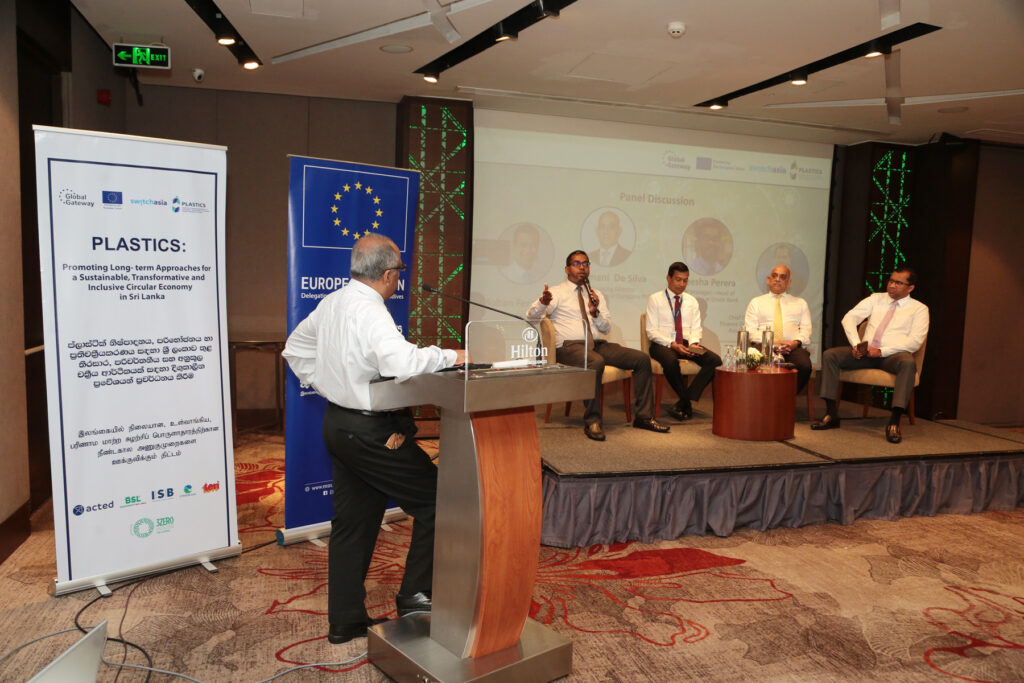

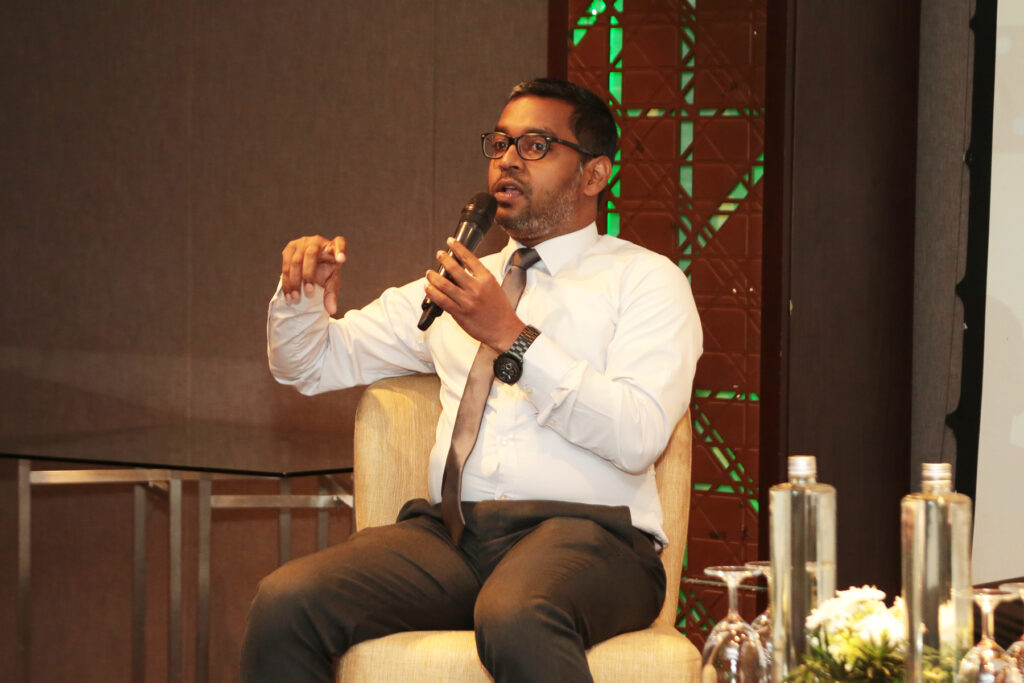
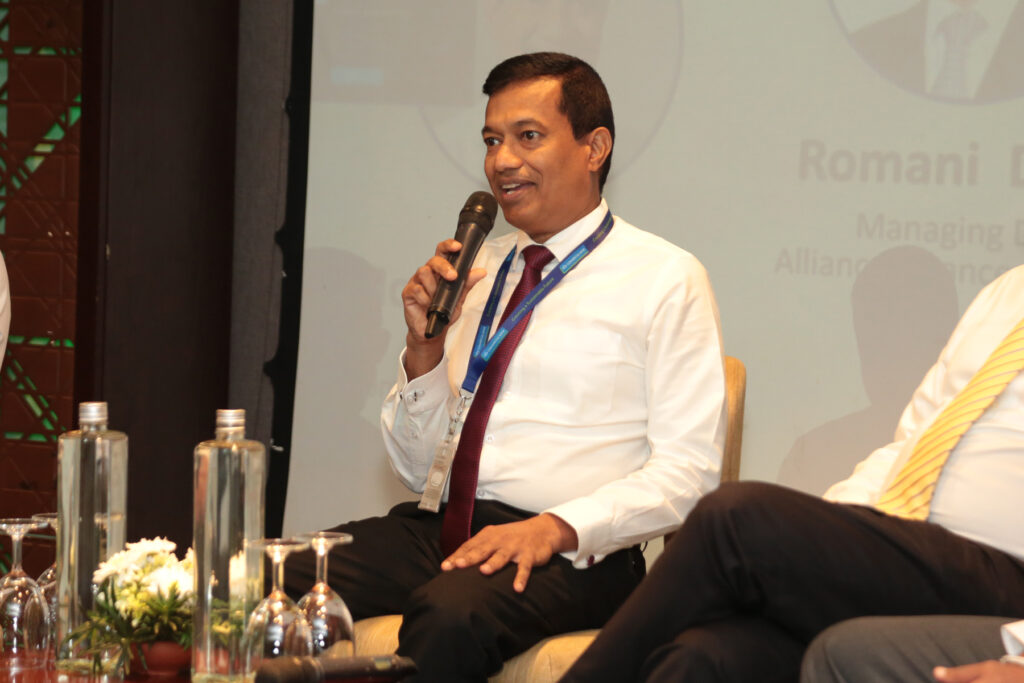
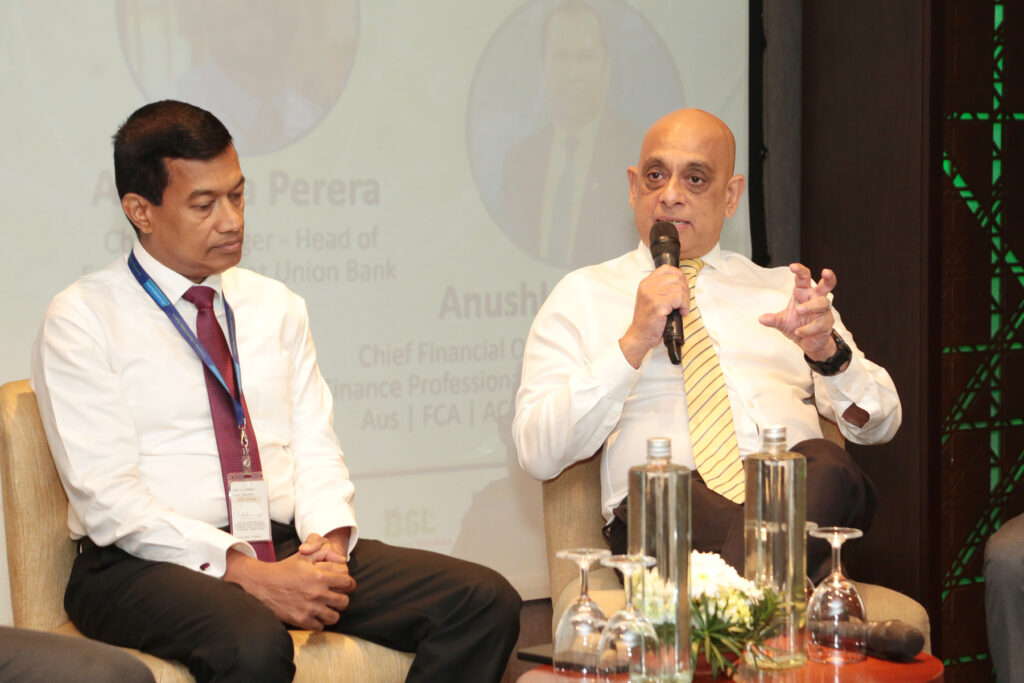
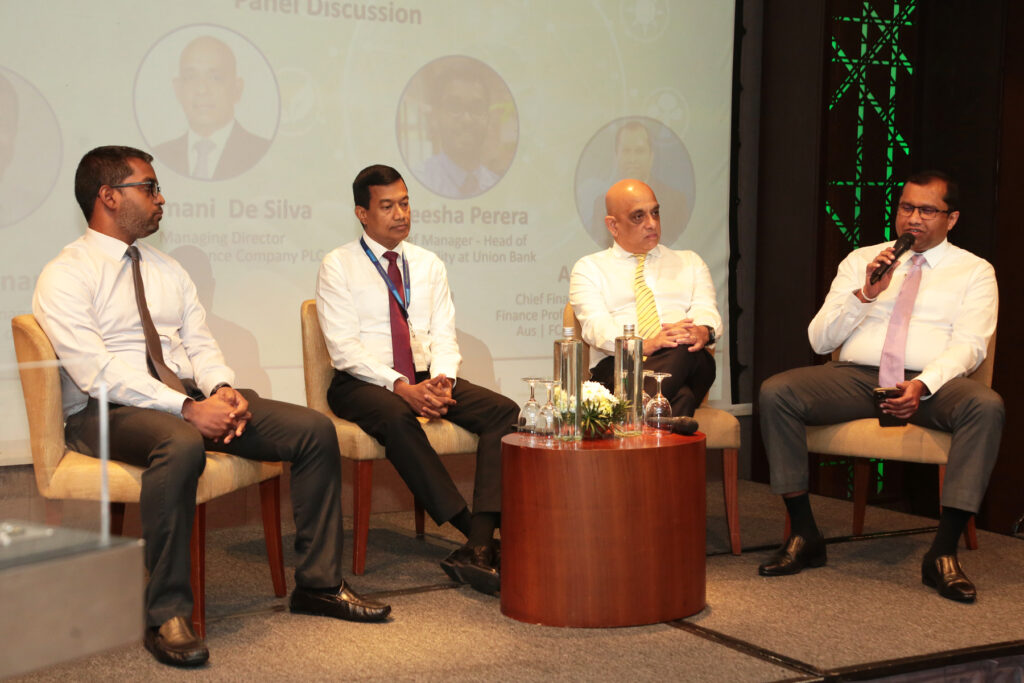
The panel also cautioned that delaying action may cause Sri Lanka to lose billions in global climate finance. As developed nations and financial institutions focus on green investments, countries with policy misalignment risk missing out on international funding. The need to take action is emphasised by changing global regulations, like the European Union’s Carbon Border Adjustment Mechanism (CBAM).
For Sri Lanka’s financial sector to fully benefit from green finance opportunities, it must adopt a systematic and integrated approach. Strengthening collaboration between banks, government agencies, and conservation organisations is key. Financial institutions need to collaborate with policymakers to create policies that promote sustainable investments and adhere to global environmental standards.
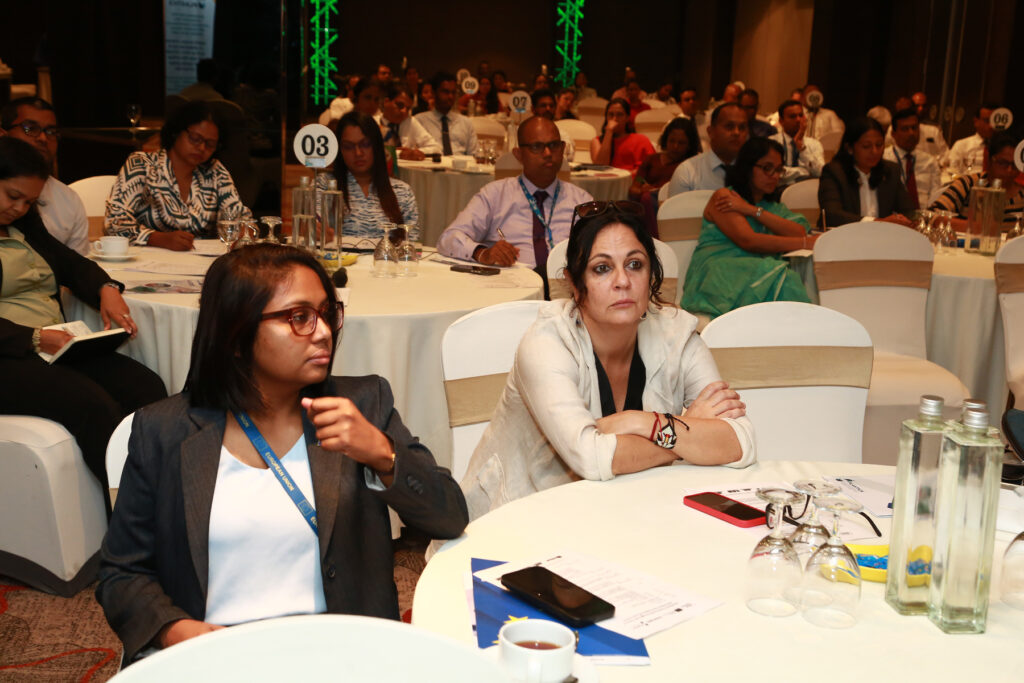
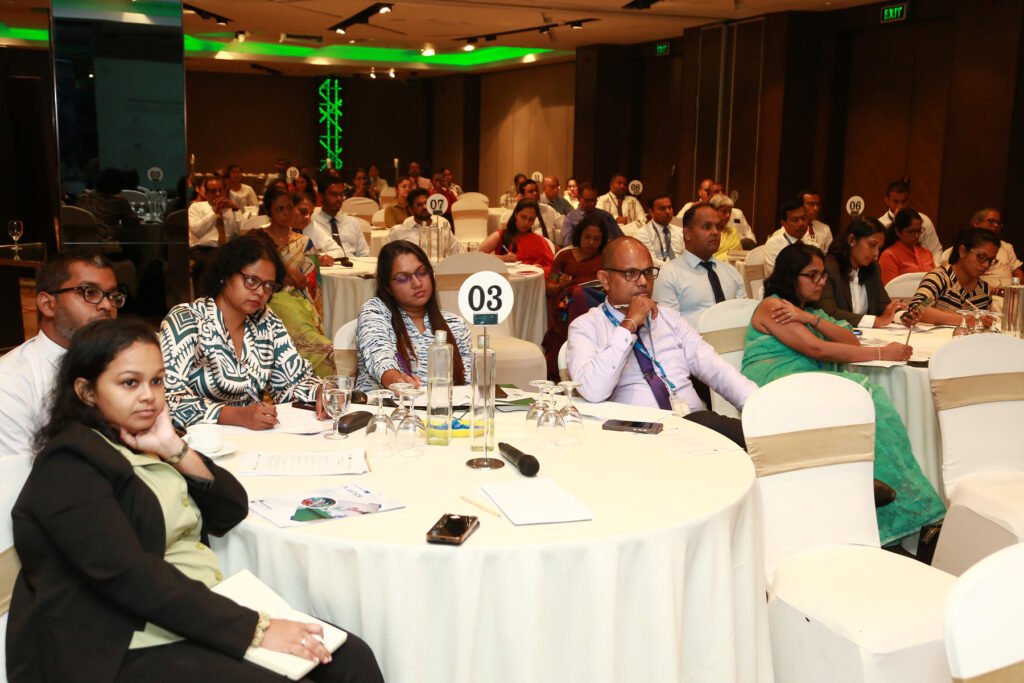
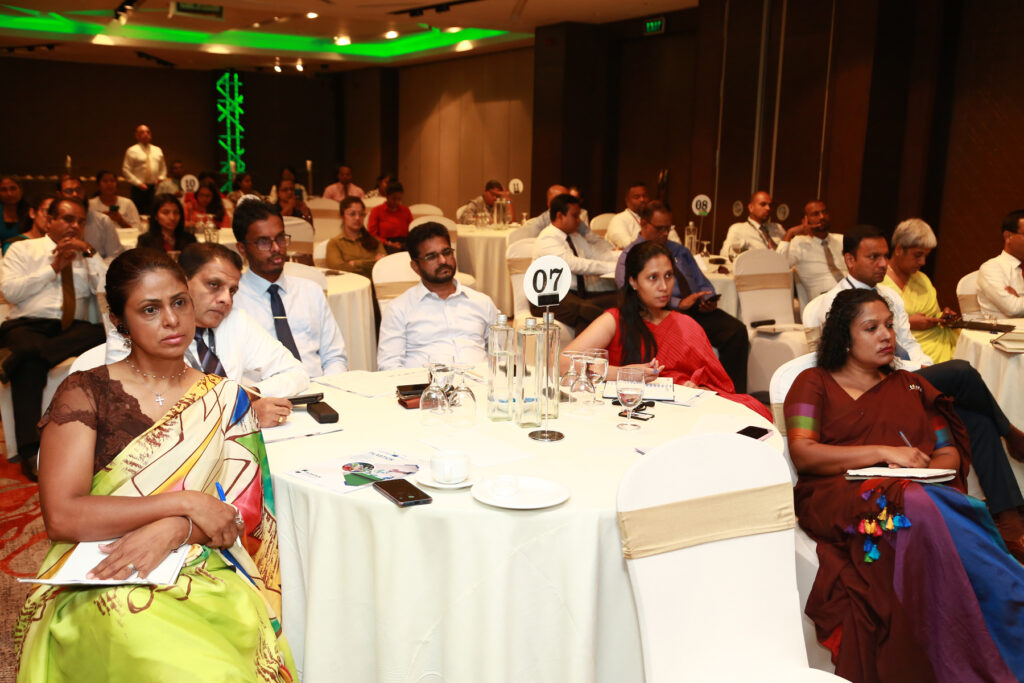
Building Partnerships and Expertise
Establishing partnerships with global financial institutions is crucial. Several global banks and development finance institutions are looking for sustainable investment opportunities in emerging markets. Sri Lankan banks can attract long-term partnerships for economic resilience and environmental sustainability by taking proactive steps in green finance.
Building internal capacity and expertise is also essential. Financial institutions must invest in training programmes and knowledge-sharing initiatives to equip their teams with the necessary skills to assess and manage climate-related financial risks. Developing in-house expertise on green finance will allow banks to effectively structure sustainability-linked products and services while advising clients on transitioning to greener business models.
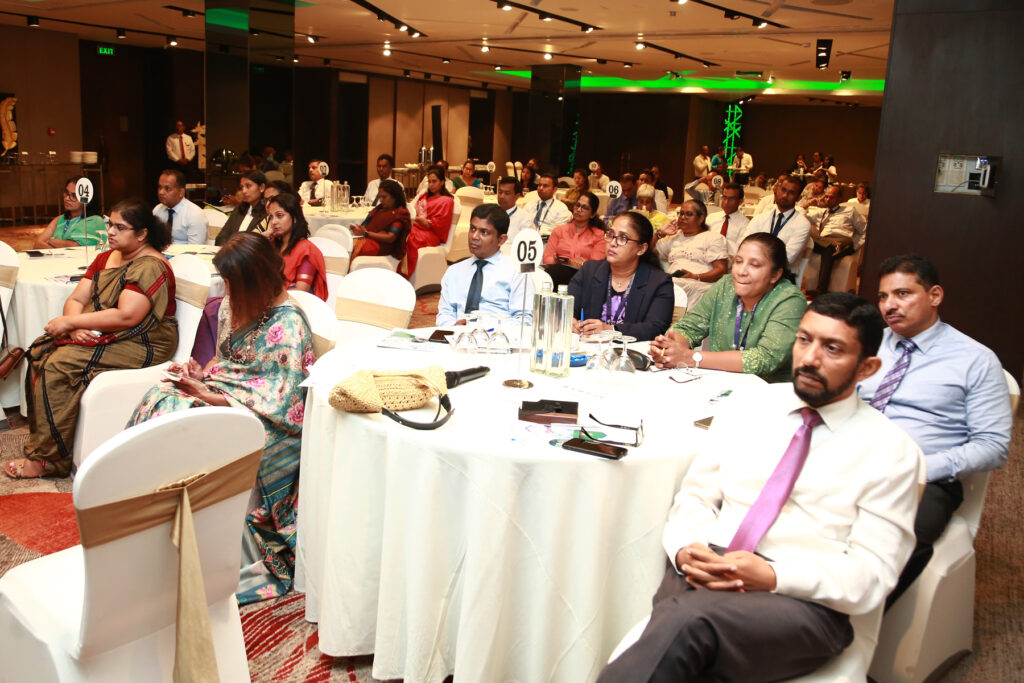
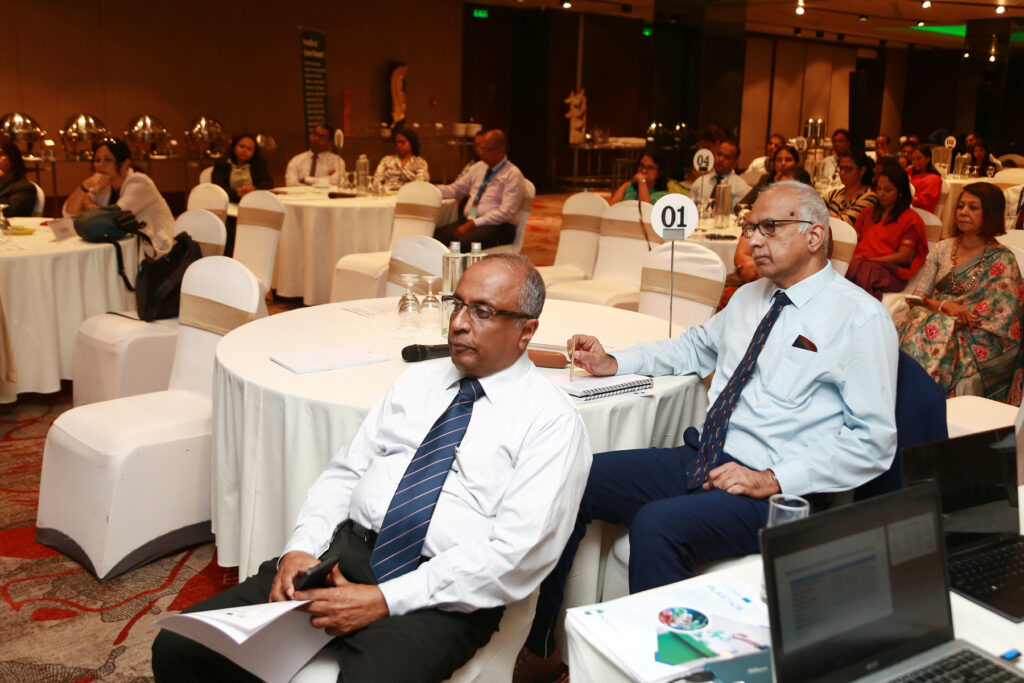
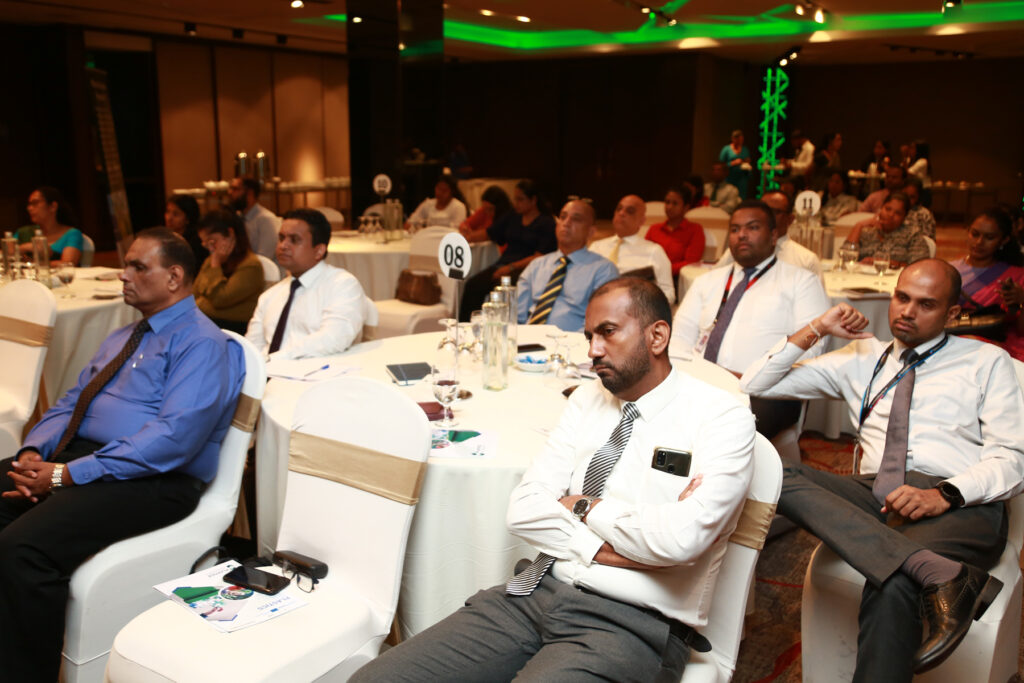
The Future of Banking
The global green finance movement is not a passing trend—it is the future of banking. Prof. Munasinghe’s insights provide a clear roadmap for Sri Lanka’s financial institutions to secure their place in this evolving landscape. With bold leadership, strategic action, and a commitment to sustainability, Sri Lanka’s banking sector can attract global green finance and position itself as a leader in Asia’s sustainable finance ecosystem. The time to act is now.
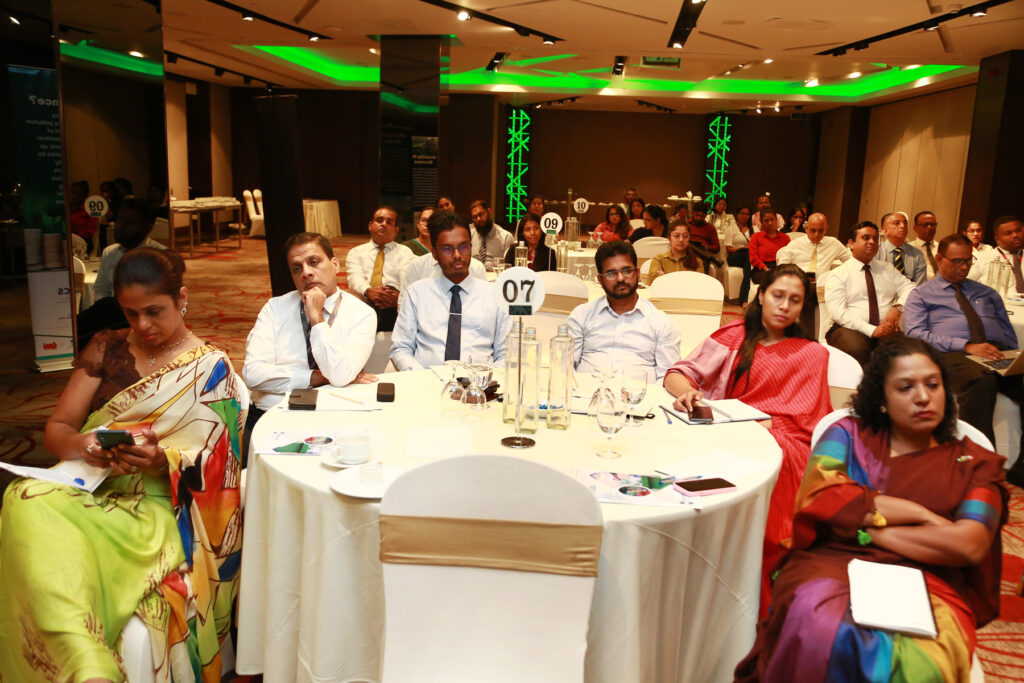
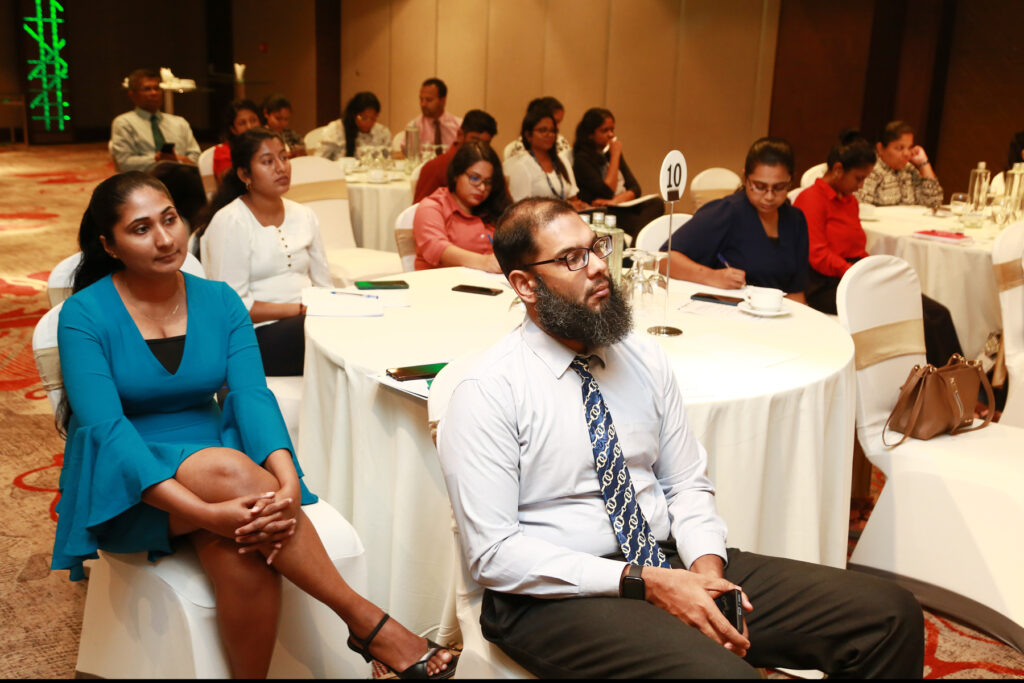
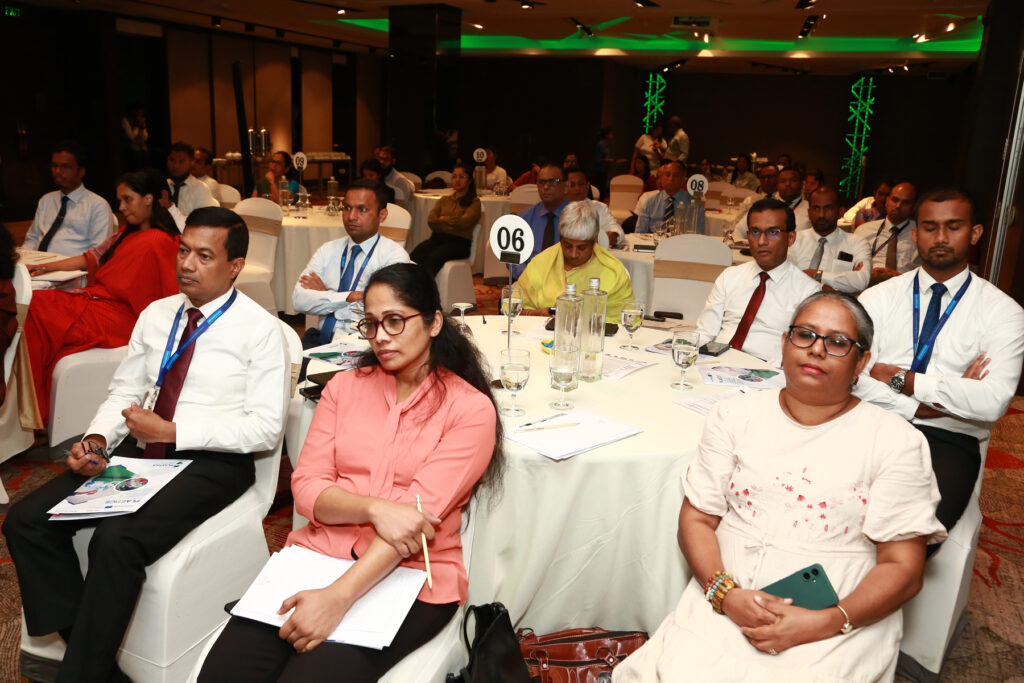
Sri Lanka can leverage frameworks like the European Union’s Circular Economy Action Plan (CEAP) and the UN’s Sustainable Development Goals (SDGs) to attract green investments and enhance global trade partnerships. However, challenges such as the lack of awareness and infrastructure to support circular economy initiatives must be addressed. Government-backed incentives and a clear regulatory framework are essential for a successful transition. To make Sri Lanka a regional sustainability leader, businesses need to use green finance, focus on sustainable sourcing, and build partnerships for circular economy principles. Policymakers should back these initiatives by enforcing sustainability regulations, providing incentives for green innovation, and promoting partnerships with international organisations.
By adopting these strategies, Sri Lanka’s banking sector can ensure its future in the global green finance landscape and support a sustainable and resilient economy.
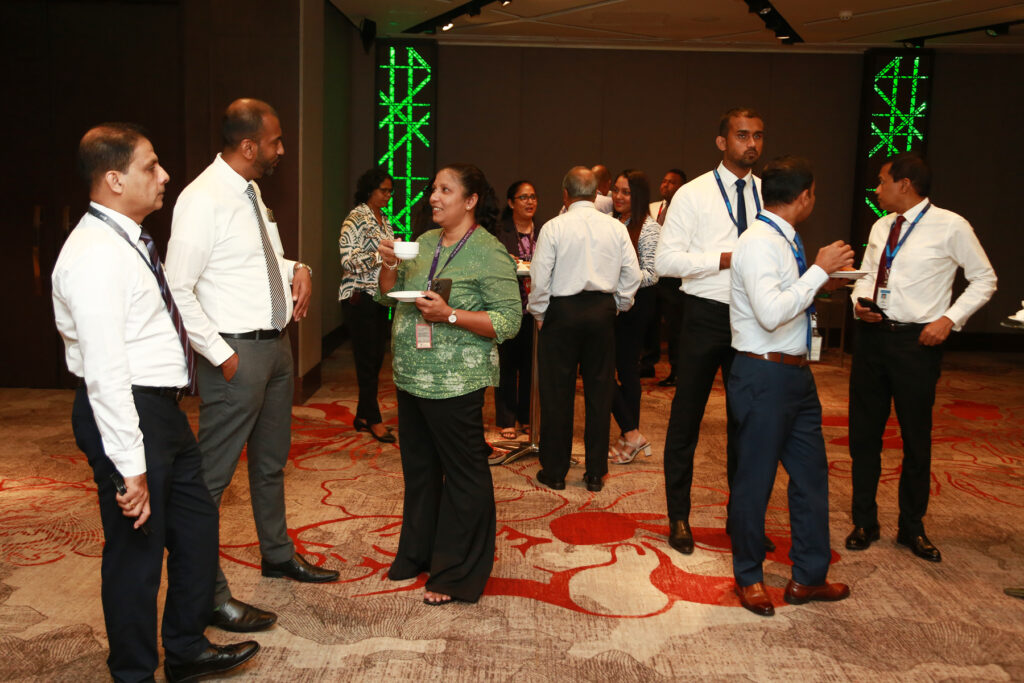
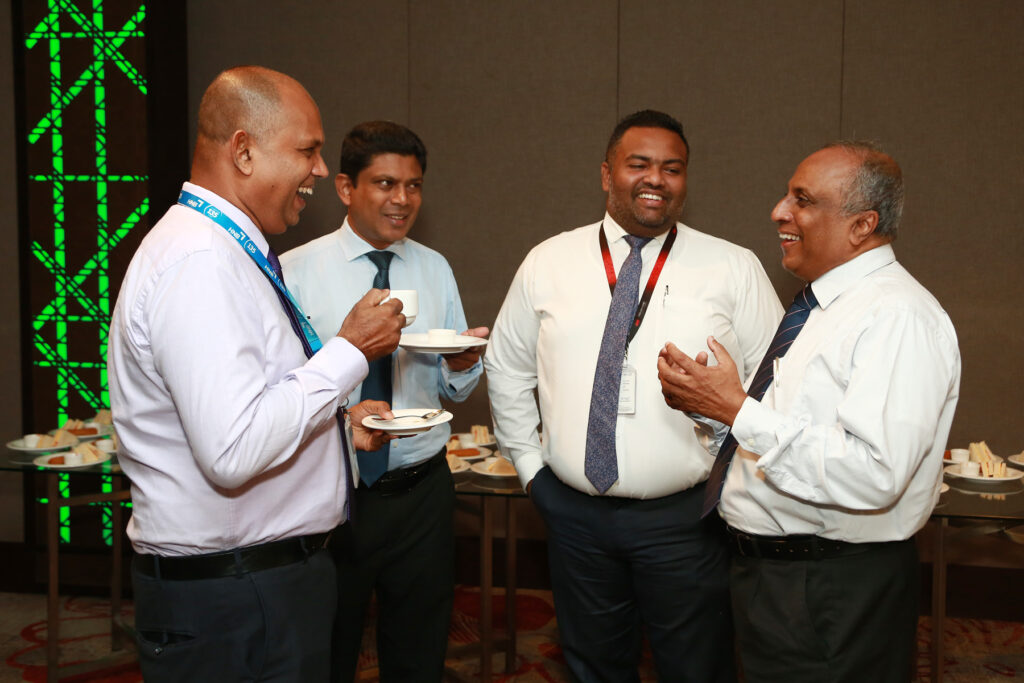
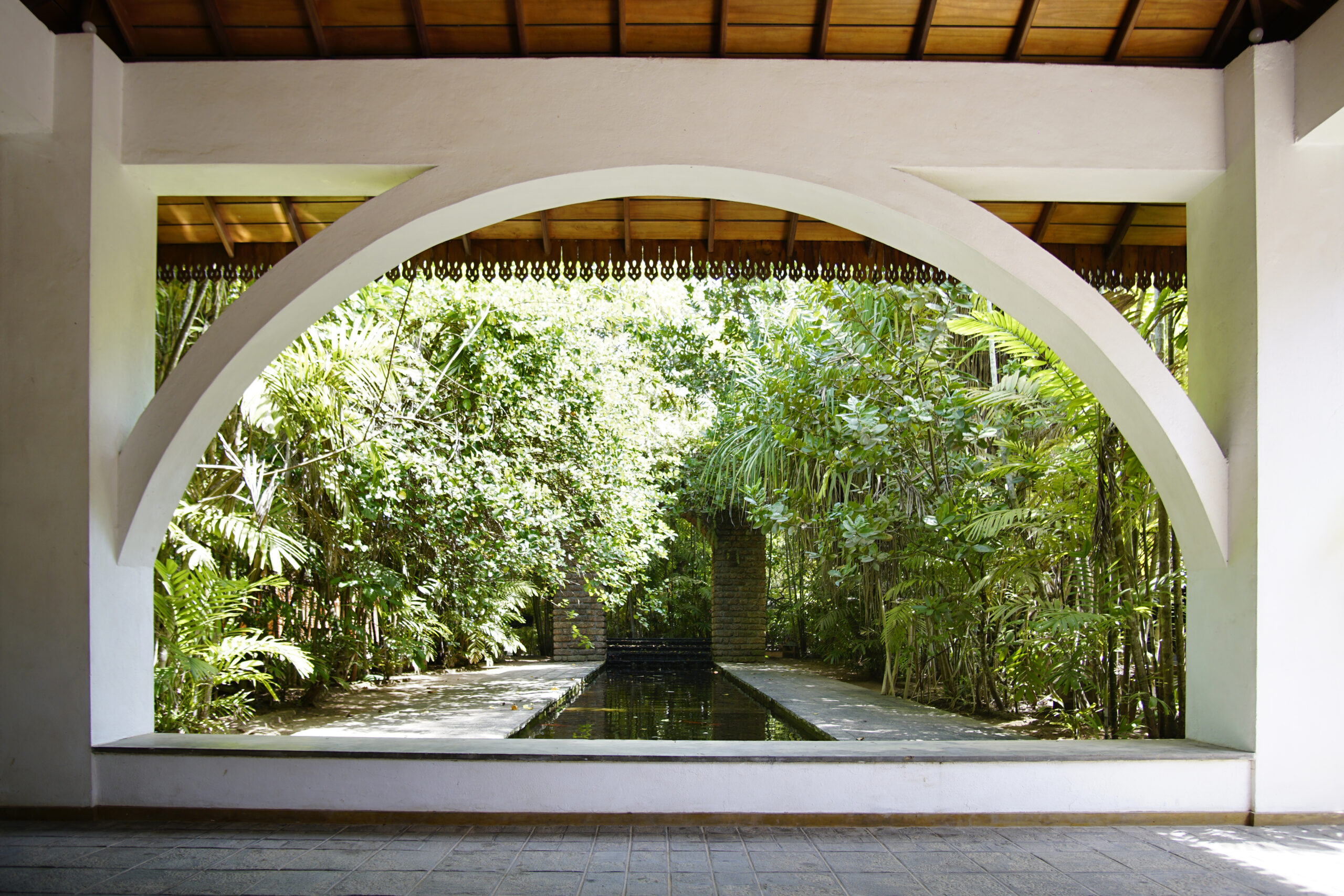
Ayurveda and Conservation Unite: Barberyn Ayurveda Resorts Becomes a BSL Member
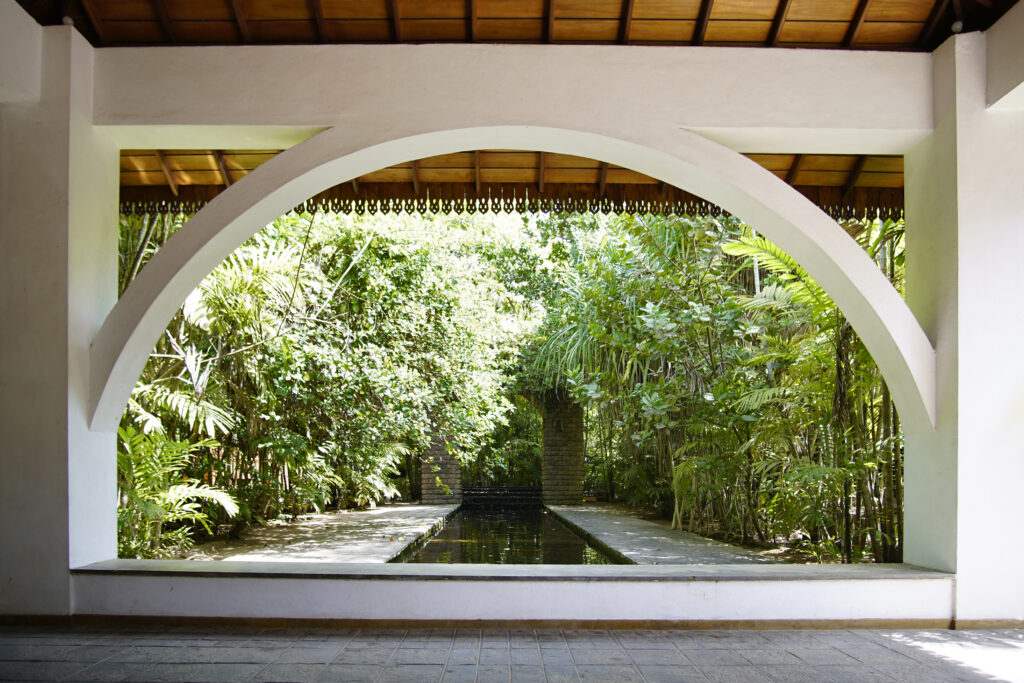
We are thrilled to announce that Barberyn Ayurveda Resorts has joined Biodiversity Sri Lanka (BSL) as a new General Member. Nestled in the tranquil coastal town of Beruwala, Western Province, Sri Lanka, Barberyn Reef Ayurveda Resort Hospital is a sanctuary of holistic well-being and sustainable living. With a rich history spanning over 55 years, this pioneering Ayurvedic resort has seamlessly blended traditional healing practices with modern hospitality, creating a haven for those seeking rejuvenation and inner peace. Their membership in BSL is a testament to their unwavering commitment to environmental stewardship and sustainable development.
A Legacy of Holistic Healing and Sustainability
Founded in 1968 by visionaries Mr. Sudana Rodrigo and Mrs. Chitra Rodrigo, Barberyn Reef Ayurveda Resort Hospital has been at the forefront of Ayurvedic tourism in Sri Lanka. Their profound vision of sustainability, encompassing the sanctity of life, human consciousness, and inner peace, has guided the resort’s operations and growth. Today, under the leadership of their son, Manick Rodrigo, the resort continues to uphold these values, emphasizing human development that rests on the sustainability of life, both physical and spiritual.
Authentic Ayurvedic Healing
At the heart of Barberyn Reef Ayurveda Resort Hospital is its dedication to authentic Ayurvedic healing. The resort offers personalized treatment programs designed by experienced Ayurvedic doctors, including detoxification, rejuvenation, and stress relief therapies. Daily meditation and yoga sessions further enhance mental and physical well-being, while Ayurvedic cuisine, prepared according to Ayurvedic principles, focuses on nutrition and balance. Comprehensive wellness programs cater to various health needs, including weight management, skin care, and chronic illness management.
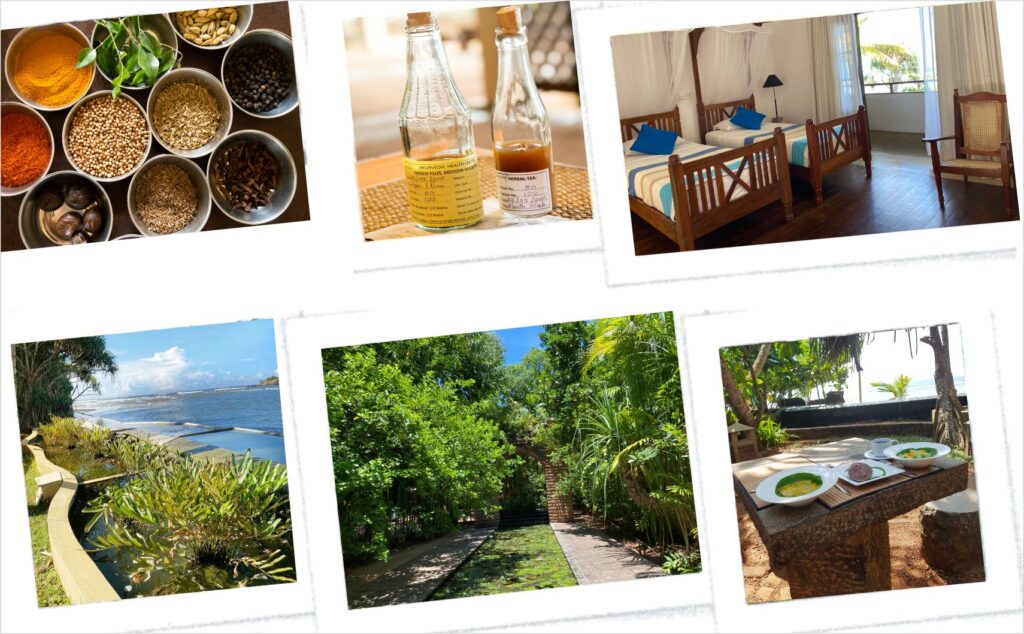
A Commitment to Sustainability
Barberyn Ayurveda Resort’s commitment to sustainability is evident in every aspect of its operations. The resort’s sustainability initiatives align seamlessly with the goals of Biodiversity Sri Lanka, making BSL membership a natural and harmonious partnership.
Reduce, Reuse, Recycle
The resort has implemented a robust waste management system, categorizing waste as degradable and non-degradable. Non-degradable waste is further sorted into plastic, iron, and glass, with plastic cans repurposed to grow plants in the nursery. Organic waste is recycled into compost and biogas, while non-degradable waste is sold for recycling. These efforts not only reduce waste but also promote a circular economy, aligning with BSL’s mission to promote sustainable resource management.
Go Green to Breathe Clean
With 80% of the land covered in greenery, predominantly herbal plants, Barberyn Reef Ayurveda Resort Hospital is a verdant oasis. The resort maintains a herbal plant nursery to supply medicinal plants for Ayurvedic treatments and propagation. This green coverage not only enhances the resort’s aesthetic appeal but also contributes to biodiversity conservation, a core focus of BSL.
Live Under Eco-Friendly Shelters
The resort’s buildings are designed with sustainability in mind, featuring natural ventilation to reduce the need for air conditioning and minimizing the use of plastics in construction. Most furniture is made from wood, further reducing the resort’s environmental footprint. These eco-friendly practices align with BSL’s goal of promoting sustainable building and construction practices.

Sustainability Through Renewable Energy
Barberyn Reef Ayurveda Resort Hospital has embraced renewable energy by installing solar panels for electricity generation. With a goal to meet the entire energy requirement through solar power by 2025, the resort is making significant strides towards reducing its carbon footprint. This commitment to renewable energy aligns with BSL’s mission to promote clean and sustainable energy solutions.
Path to Vegetarian – Take Extinction Off Your Plate
The resort has made efforts to minimize meat consumption due to its environmental impact, promoting a predominantly vegetarian diet. Innovative cooking methods are used to reduce edible food waste, further contributing to sustainability. These initiatives resonate with BSL’s focus on sustainable food systems and reducing the environmental impact of food production.
Sustainable Procurement
Barberyn Reef Ayurveda Resort Hospital sources eco-friendly products and materials, supporting local suppliers and producers to reduce the carbon footprint of hotel operations. This commitment to sustainable procurement aligns with BSL’s goal of promoting environmentally responsible business practices.
Clean Ocean for Healthy Joy
The resort conducts daily beach clean-up sessions to keep the shore free from plastics, contributing to marine conservation. This initiative aligns with BSL’s focus on protecting marine ecosystems and promoting clean oceans.
Environmental Education
Barberyn Reef Ayurveda Resort Hospital provides training and awareness programs for staff, guests, and the local community. Webinars, workshops, and seminars on sustainable tourism and the usage of indigenous medicine further promote environmental education. These efforts align with BSL’s mission to raise awareness and educate stakeholders on biodiversity conservation.
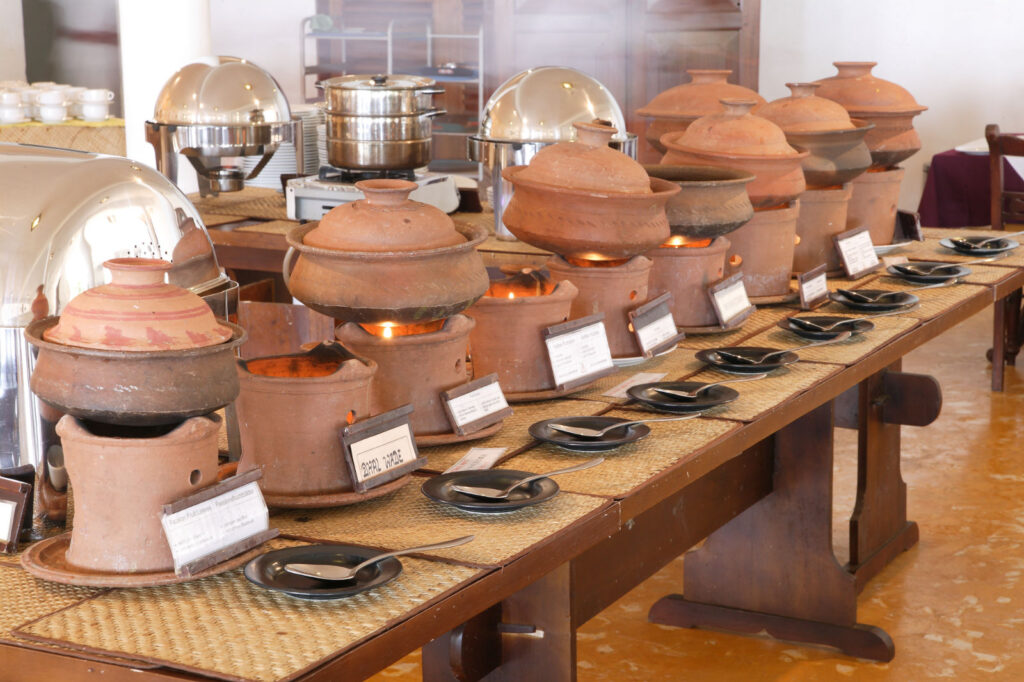
Environmental Conservation Projects
The resort is actively involved in mangrove conservation in the Didduwa area, tree planting initiatives, and maintaining medicinal plantations over 50 acres. These projects promote reforestation, combat climate change, and enhance biodiversity, aligning with BSL’s focus on habitat restoration and conservation.
Science for Every Single Bit of Nature
Barberyn Reef Ayurveda Resort Hospital has constructed wastewater treatment and biogas production plants using scientific approaches. Water used for consumption is tested every three months to ensure safety. These initiatives align with BSL’s mission to promote scientific research and innovation in environmental conservation.
Awards and Recognition
- Presidential Environmental Award 2024 – (Silver Award in Hotel Sector)
- Presidential Environmental Award 2023 – (Merit Award in Hotel sector)
- Presidential Environmental Award 2022 – (Merit Award in Hotel sector)
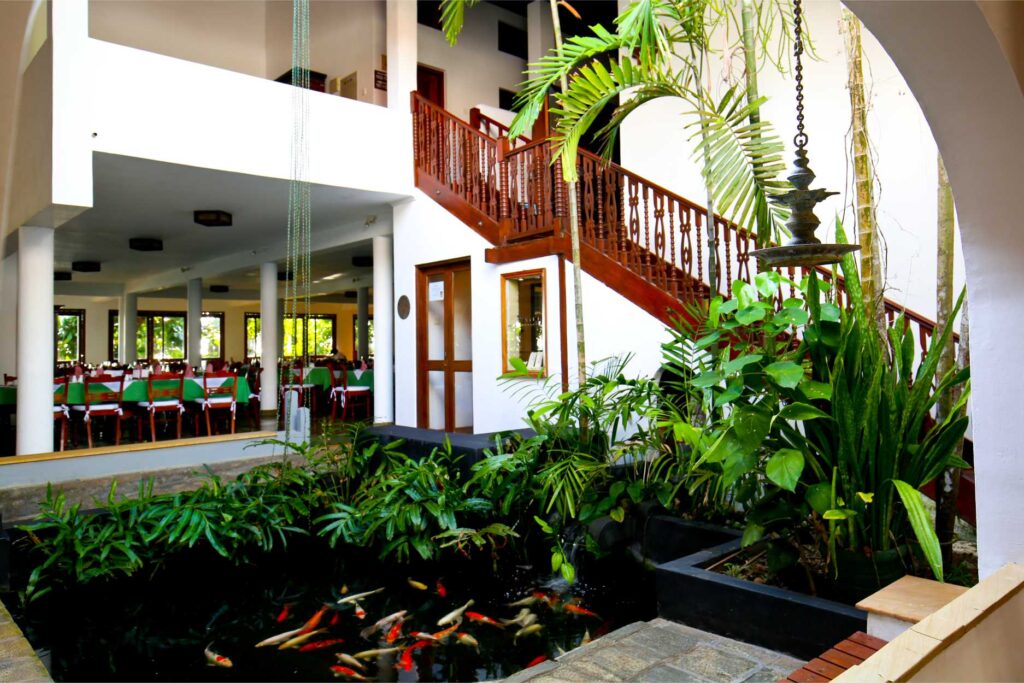
A Vision for the Future
As Barberyn Ayurveda Resorts joins Biodiversity Sri Lanka, it is a testament to their shared vision of a sustainable future. The resort’s holistic approach to well-being, combined with their commitment to environmental stewardship, makes them a valuable partner in BSL’s mission to conserve biodiversity and promote sustainable development.
Barberyn Ayurveda Resort’s membership in Biodiversity Sri Lanka is a natural alignment of values and goals. Their dedication to authentic Ayurvedic healing, sustainable practices, and environmental conservation makes them a beacon of sustainable wellness. As they continue to lead by example, Barberyn Ayurveda Resorts and Biodiversity Sri Lanka will work together to create a healthier, more sustainable future for all.
For further information, please visit the Barberyn Ayurveda Resort’s website: https://www.barberynresorts.com

Boosting Sri Lanka’s Circular Conversion: The PLASTICS Project
Biodiversity Sri Lanka (BSL) is playing a pivotal role through the PLASTICS project, an ambitious, multi-partner initiative aimed at promoting a sustainable and circular economy for plastics in Sri Lanka. Funded by the EU’s SWITCH-Asia program, this 48-month project is designed to boost economic development in the plastics value and supply chains (V/SC) by supporting Small and Medium Enterprises (SMEs) through innovative approaches to resource efficiency, green finance, and sustainable waste management.
The overall objective of the project is to facilitate sustainable and innovative plastic minimisation and management in Sri Lanka by integrating SMEs in greener value and supply chains, thereby contributing to economic prosperity and environmental sustainability.
The four main outputs of the PLASTICS project are:

BSL’s Key Goals are Activity 3 and Activity 4.
Activity 3: Access to green finance and Investment’s dimension are increased to scale up green economic initiatives, especially among Businesses
Activity 4: The traceability, transparency, and compliance in plastic SWM are strengthened through public-private dialogue, collaboration and monitoring
A Focus on SMEs and Green Finance
The project aims to engage 150 SMEs, 10 entrepreneurs, and 50 Business Development Service providers to foster a collaborative environment for green business development. BSL’s work under Activity 3 involves engaging the SMEs in the circular economy, and creating awareness of green financing options. These awareness sessions, held in Colombo, Gampaha, and Kalutara in August and September 2024, encouraged SMEs to rethink their business models, adopting more sustainable and resilient approaches that align with circular economy principles.
Event held for SMEs in Colombo at the BMICH on 15 August 2024
Event held for SMEs in Kaluthara at the Royal Oshin hotel on 12 September 2024
Event held for SMEs in Gampaha at the KayJay hotel on 13 September 2024
Why promote a Circular Economy?
A circular economy promotes efficient use of resources, reducing waste by encouraging the reuse and recycling of materials. For businesses, especially in sectors that use plastics, adopting circular economy practices means less dependency on raw materials, cost savings, and compliance with evolving environmental regulations. Climate change is also a significant business risk, and understanding how to mitigate its impacts—while taking advantage of green finance options—can help businesses remain competitive in an increasingly eco-conscious market.
BSL is at the forefront of helping SMEs in Sri Lanka navigate these challenges, providing valuable insights into the circular economy and green financing incentives. These efforts are particularly focused on women-led businesses, helping them improve their competitiveness, expand their value addition, and access resources for scaling up sustainable practices.
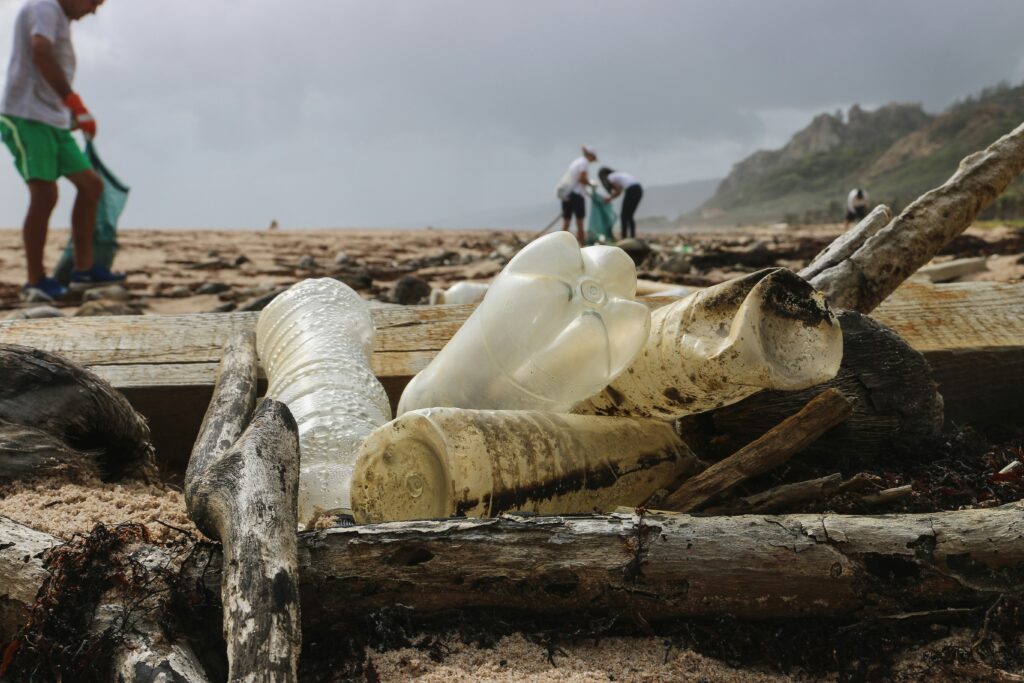
Extended Producer Responsibility (EPR)
Another vital aspect of BSL’s contribution is through Activity 4, which focuses on advancing Extended Producer Responsibility (EPR) in Sri Lanka. EPR shifts the responsibility for post-consumer plastic waste management onto producers, ensuring they play a key role in the entire lifecycle of their products—from production to disposal. This strategy encourages responsible manufacturing and supports the proper collection and recycling of plastics.
In August 2024, BSL co-hosted the EPR Symposium in collaboration with the Ceylon Chamber of Commerce, bringing together industry leaders, policymakers, and environmental advocates to discuss how innovation can help advance environmental responsibility. The symposium was a unique opportunity to celebrate the progress made in promoting EPR in Sri Lanka, and to explore new frontiers in sustainable plastic management. By focusing on collaboration and innovation, BSL is helping Sri Lankan businesses take ownership of their environmental impact, ensuring that sustainability becomes a core part of their business strategies.
Looking Forward
With continued support from BSL and its partners, the PLASTICS project is paving the way for a sustainable future for Sri Lanka’s plastics industry. By promoting circular economy principles, facilitating access to green finance, and strengthening waste management frameworks, the project is helping businesses – both large and small – contribute to environmental conservation while improving their own resilience and competitiveness.
Through initiatives like the LIFE Series of projects and active collaboration with government agencies, BSL is ensuring that the private sector remains a powerful force for positive change in Sri Lanka’s journey towards sustainability.
Keep an eye on our newsletter for more updates on this transformative project, and find out how you can get involved in shaping a greener, more sustainable future for Sri Lanka.
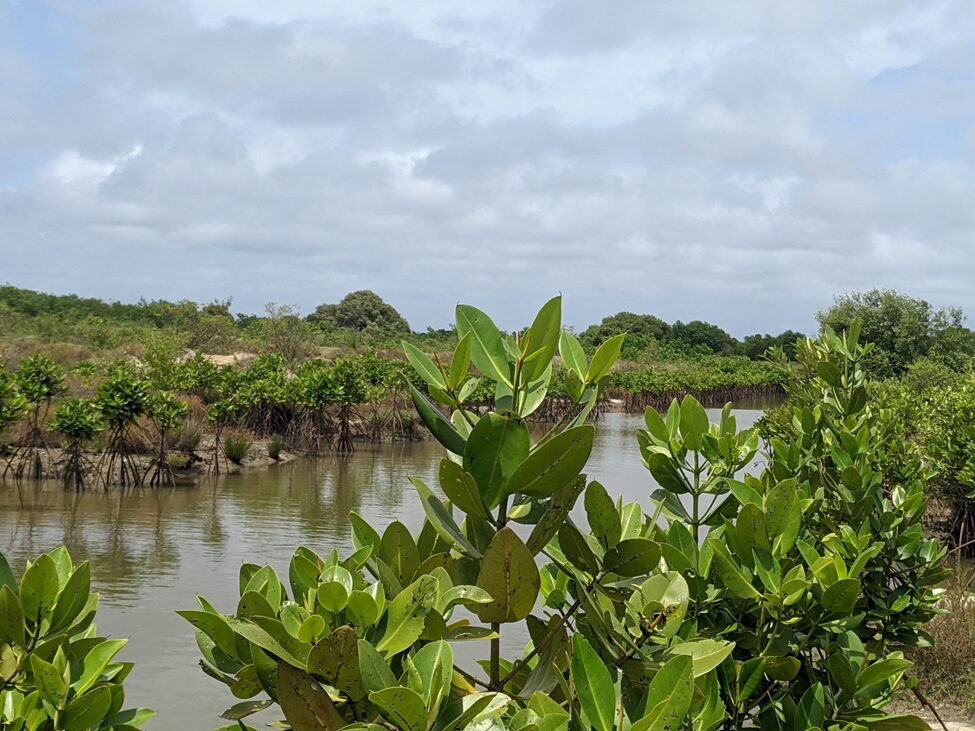
Private Sector Commitment to Restore Sri Lanka’s Blue Carbon Ecosystems

Biodiversity Sri Lanka (BSL), in partnership with its members, government bodies, and conservation groups, continues to champion environmental stewardship through innovative restoration projects. One of BSL’s standout initiatives is the Life to Our Mangroves (LOM) project, which is dedicated to the restoration and preservation of vital blue carbon ecosystems in Sri Lanka.
The significance of blue carbon ecosystems, such as mangroves, lies in their ability to sequester large amounts of carbon, thereby playing a crucial role in combating climate change. Mangroves, with their dense root systems, stabilise coastlines, reduce erosion, and provide critical habitats for various species. Unfortunately, Sri Lanka’s mangrove forests have faced severe degradation, especially due to human activities like shrimp farming.

Plot 05
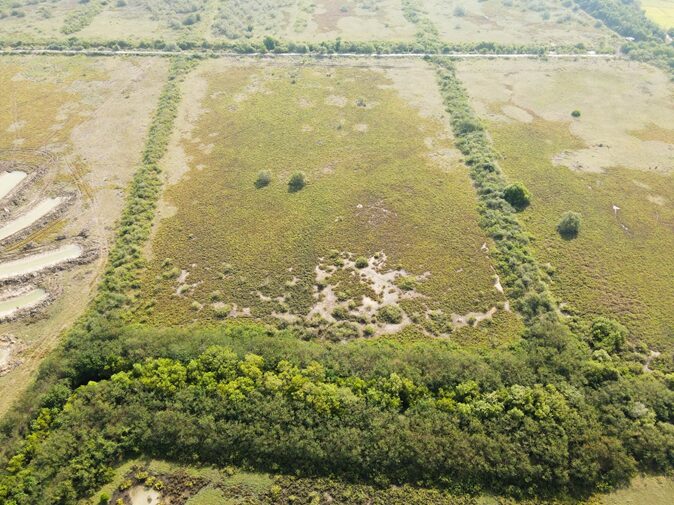
Plot 07
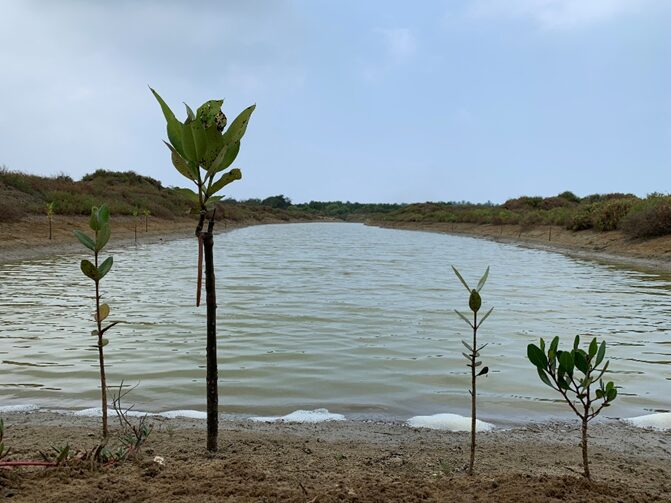
Planted mangroves
The LOM project, a key example of BSL’s vision for ecological conservation, began with a Memorandum of Understanding (MOU) signed between BSL and the Department of Wildlife Conservation. The Wayamba University too has come on board providing technical and scientific advice. The initial phase of this ambitious project focused on the restoration of 10 hectares of degraded land within the Anawilundawa Ramsar Wetland Sanctuary in the North Western Province. This sanctuary is a critical habitat for many species, but decades of intensive shrimp aquaculture between the 1980s and 1990s severely disrupted the area’s natural ecosystems. By the late 1990s, the land was abandoned, but the damage from artificial barriers and pond dikes had already interrupted the natural hydrological flows necessary for the area’s regeneration.
With the assistance of the Wayamba University, the project has adopted a science-based approach to restore the natural water flow in the sanctuary. By studying the land’s contours and reintroducing tidal patterns, the project has effectively allowed water levels to regulate naturally, promoting sediment deposition and preparing the land for mangrove growth. As of now, 2.95 hectares have been successfully restored with native mangrove species, and an additional 3.08 hectares are in the process of preparation and planting. Looking forward, BSL plans to rehabilitate 7.9 hectares of land with mangrove associates and dry-zone plant species to recreate the natural ecosystem that once flourished in the area.
The success of the LOM project is largely driven by an impressive public-private partnership model. BSL’s efforts are supported by a growing number of key corporate partners such as Sampath Bank PLC, National Development Bank PLC (NDB), Citizens Development Business Finance PLC (CDB), Dole Lanka (PVT) Ltd, Easwaran Brothers Ceylon (Pvt) Ltd, Dynawash Limited, Virtusa (Pvt) Ltd, LOLC Finance PLC, Dilmah Conservation, and Amana Bank. These organisations, by signing MOUs with BSL, are actively contributing to the restoration of Sri Lanka’s blue carbon ecosystems. Their involvement demonstrates how private sector engagement can enhance environmental conservation efforts, setting a precedent for future collaborations.
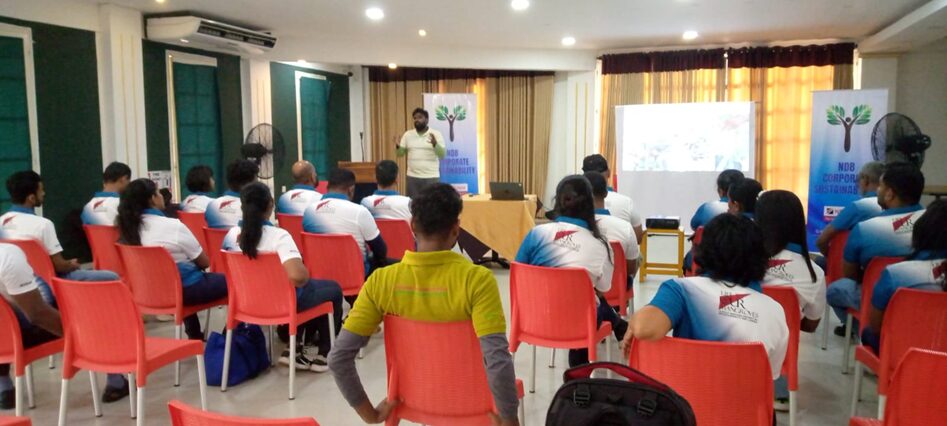
This collective endeavor serves as a powerful model of sustainable partnerships in environmental stewardship. Not only does the project focus on ecosystem restoration, but it also reinforces the importance of corporate responsibility in combating climate change and promoting biodiversity. Through the LOM project, BSL is setting an example of how collaboration between the private sector, government bodies, and conservation organisations can lead to meaningful, long-term environmental impact.
With further restoration efforts on the horizon, the Life to Our Mangroves project is poised to leave a lasting positive imprint on Sri Lanka’s coastal ecosystems, contributing to the preservation of biodiversity and the mitigation of climate change.
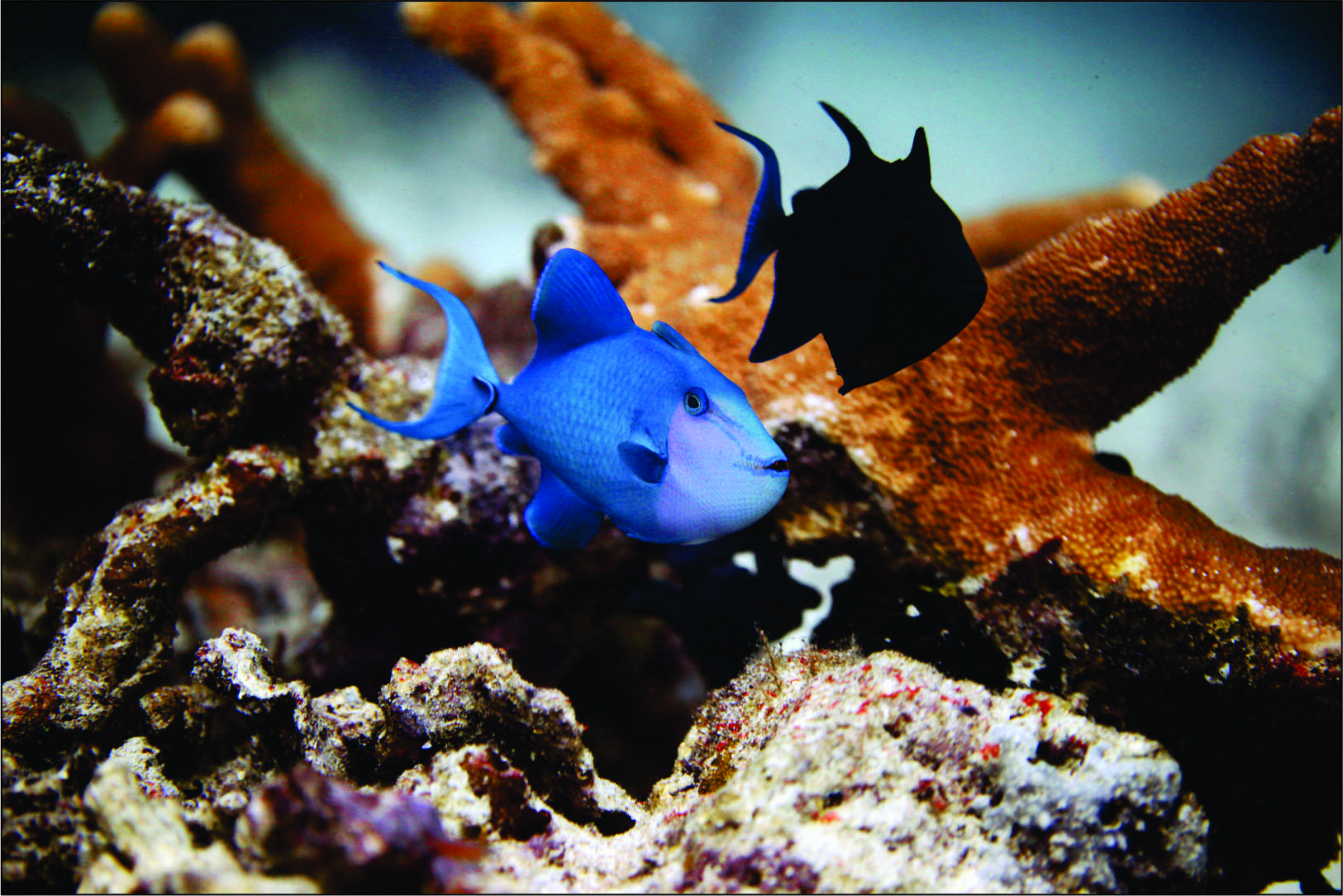
Reviving Sri Lanka’s Coral Reefs
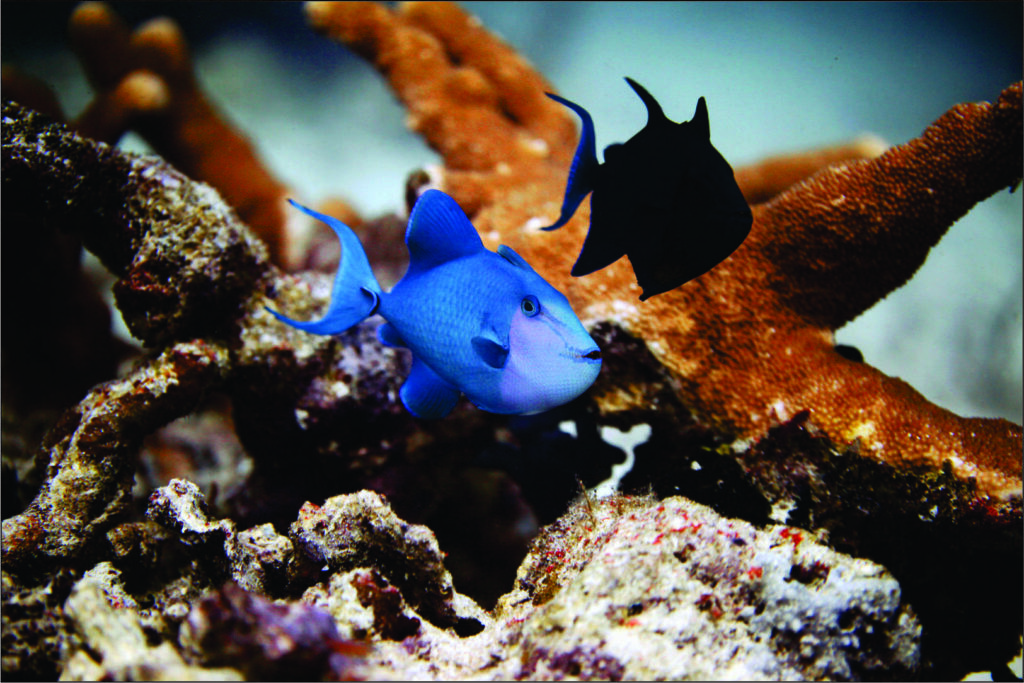
Biodiversity Sri Lanka is excited to announce the launch of the latest initiative in our “LIFE” series: called “Life to Our Coral Reefs – Project Kayankerni.” Set to commence this quarter, this groundbreaking conservation effort aims to protect the vibrant yet fragile coral ecosystems in Sri Lanka’s Kayankerni Marine Sanctuary, located in the Batticaloa District.
Coral reefs, though covering less than 1% of the world’s oceans, are home to 25% of all marine species. They provide critical ecosystem services such as coastal protection, food, recreation, and livelihoods for local communities. In the Kayankerni area, approximately 37% of the population relies on fishing and related activities for their livelihoods, underscoring the need for sustainable practices to ensure the long-term survival of this ecosystem.
Overcoming Challenges
Despite being one of Sri Lanka’s less disturbed marine environments, Kayankerni Reef faces several challenges. Unsustainable fishing practices, such as bottom-set nets, and the illegal use of explosives outside protected areas are contributing to coral damage and species loss. Agricultural runoff from the Maduru Oya basin, and nutrient-rich effluents from expanding aquaculture further threaten this delicate ecosystem. Without timely intervention, these factors could lead to further degradation of the reef.
In addition to the immediate threats posed by unsustainable fishing and pollution, climate change is emerging as a growing danger to the Kayankerni Reef. Rising sea temperatures are causing coral bleaching, a phenomenon where corals lose their vibrant colors and, more critically, their symbiotic algae, which are essential for their survival. This not only weakens the corals but also reduces their ability to support the diverse marine life that depends on them. According to research, even a slight increase in water temperature can trigger widespread bleaching events. Furthermore, ocean acidification, driven by increased carbon dioxide absorption, weakens coral skeletons, making them more susceptible to damage from storms and human activities. Without intervention, these climate-induced pressures could drastically reduce the reef’s resilience, undermining both biodiversity and the livelihoods of the local communities dependent on its health .
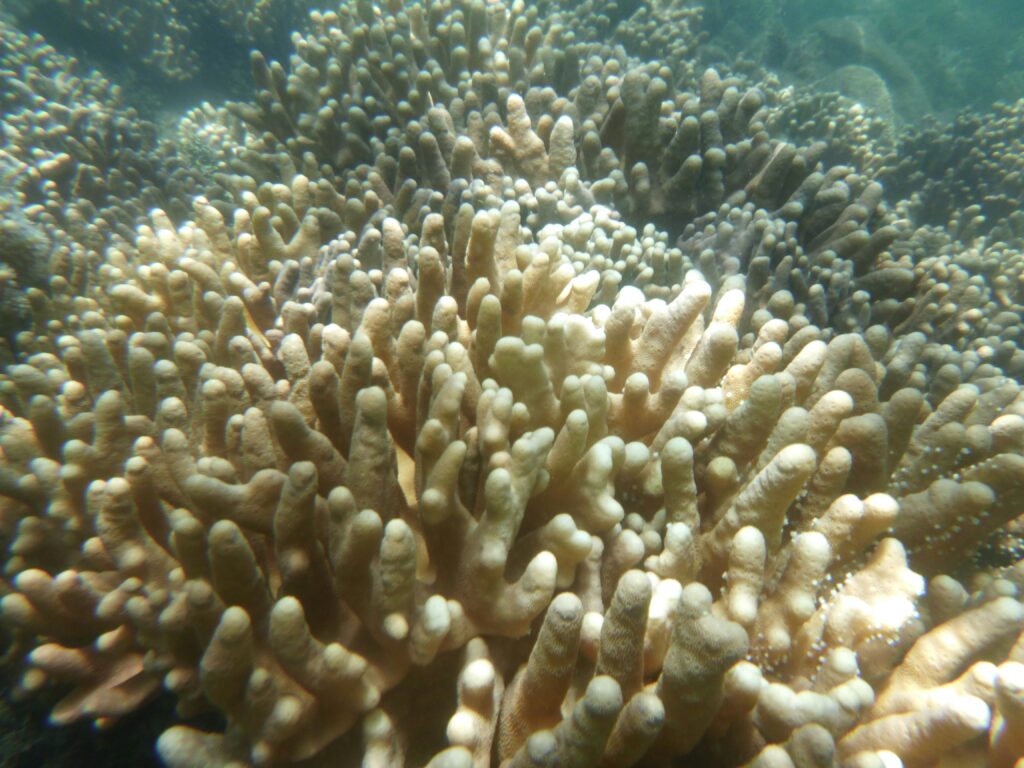
Meaningful Partnerships
In partnership with the Department of Wildlife Conservation (DWC) and Blue Resources Trust (BRT), BSL is spearheading the Life to Our Coral Reefs project as a Nature-based Solution (NbS) to address these threats. The project aims to restore the reef’s ecological balance while enhancing the livelihoods of the surrounding communities. In addition to safeguarding the coral ecosystem, the project will focus on protecting approximately 1,400 acres of mangroves and 20 acres of seagrass meadows, contributing to the overall health of the marine environment.
Guided by the IUCN Global Nature-based Solutions Standard, BSL will undertake baseline monitoring with the BRT under DWC supervision. This science-driven approach will ensure that we deliver measurable environmental and socio-economic benefits, building resilience and promoting ecosystem renewal.
We are pleased to announce that Commercial Bank, Dilmah Tea Company, and Citizens Development Business (CDB) PLC have already come on board as pioneering partners for this initiative. Commercial Bank and Dilmah officially signed agreements at our recent board meeting, while CDB completed their partnership at the BSL’s Annual General Meeting. With these valuable collaborators, BSL is ready to commence this transformative project. Our goal is to secure 10 private sector partners, creating a coalition dedicated to the preservation of Sri Lanka’s marine biodiversity.
Come join us for Coral Conservation
As we embark on this exciting journey, we invite more like-minded organizations to join us in safeguarding our coral reefs and ensuring a sustainable future for both nature and people. Join us to create a lasting impact on biodiversity and empower local communities to embrace sustainable practices that ensure the long-term health of the marine environment. Let’s build a coalition of committed partners who are passionate about marine conservation, where each contribution – be it financial support, expertise, or resources – will bring us closer to achieving our collective goals.
Join us in this crucial mission to save the Kayankerni Reef. Your partnership can help shape a brighter future, one where vibrant coral ecosystems thrive, and local communities flourish in harmony with nature. Together, we can foster a sustainable legacy that benefits both the environment and future generations.

The Kanneliya Project’s Milestone Achievement
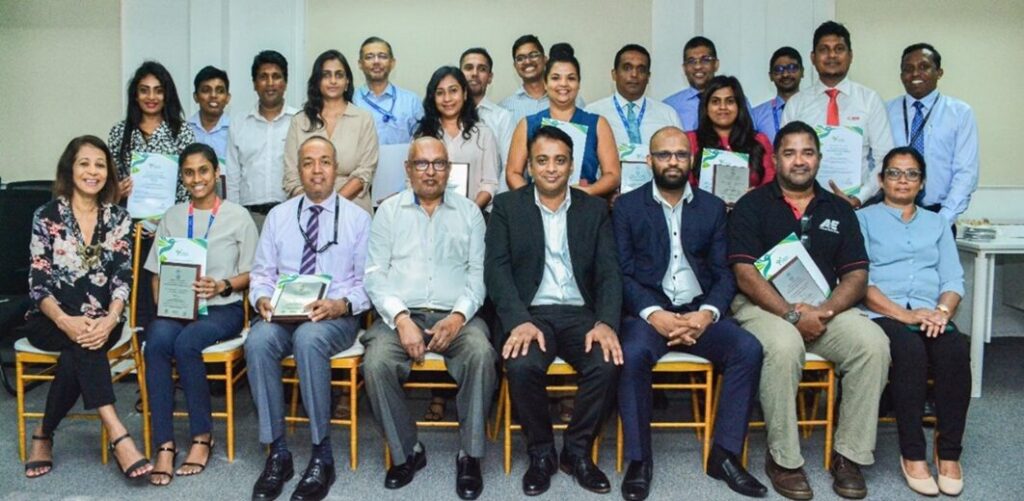
The Life to Our Forests – Project Kanneliya has achieved a remarkable milestone by receiving the prestigious Ecosystem Restoration Standard Award from Preferred by Nature. This recognition, awarded on July 8, 2024, highlights the project’s commitment to sustainable land use and effective ecosystem restoration practices.
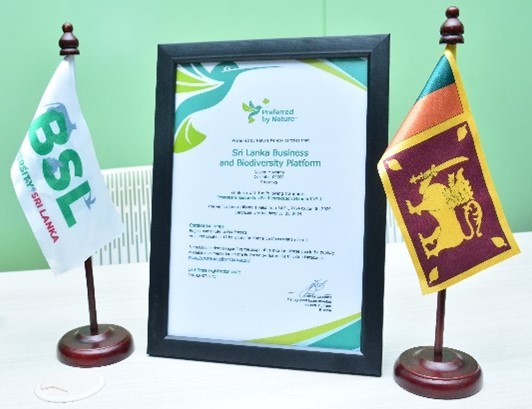
Ecosystem Restoration Verification Process
The journey towards this award began with a rigorous Ecosystem Restoration Verification Audit conducted by Preferred by Nature on January 19-20, 2024. This audit involved a thorough assessment of the restoration efforts at the field level, including documentation reviews, field observations, and interviews with key stakeholders such as the Restoration Manager and field workers. The audit team found no significant nonconformities, affirming that the project’s restoration practices are scientifically sound and verifiable. During the second day of the audit, Mr. Naalin Perera from IUCN joined the BSL team to monitor ongoing maintenance work at the project site. His insights were invaluable in identifying areas for future improvement, ensuring that the project continues to evolve and thrive. This audit is notable as one of the first of its kind in Asia, showcasing Sri Lanka’s leadership in ecosystem restoration verification.
A Collaborative Effort
The award ceremony brought together all 15 project partners, including prominent companies like Access Engineering PLC and Dilmah Ceylon Tea Company PLC. Each partner received certificates recognizing their contributions to this significant ecological initiative. The independent verification by Preferred by Nature ensures that all partners’ restoration efforts align with global best practices, enhancing their credibility and attracting further recognition.This collaborative effort not only contributes to local ecological restoration but also plays a vital role in global environmental initiatives. By adhering to the Ecosystem Restoration Standard, project partners can demonstrate their commitment to responsible land management and sustainable business practices, driving positive environmental impacts across the region.
A Bright Future for Ecosystem Restoration
The success of the Kanneliya Project serves as an inspiring example of how effective partnerships and rigorous standards can lead to meaningful ecological restoration. With the recent recognition from Preferred by Nature, this initiative not only showcases the importance of sustainable land use practices but also highlights Sri Lanka’s leadership role in the global movement for ecosystem restoration.
As we celebrate this achievement, it is clear that continued collaboration and adherence to best practices will be essential for sustaining our forests and ensuring a healthier planet for future generations. Let us build on this momentum, inspiring others to join the cause and contribute to the vital work of restoring our ecosystems.
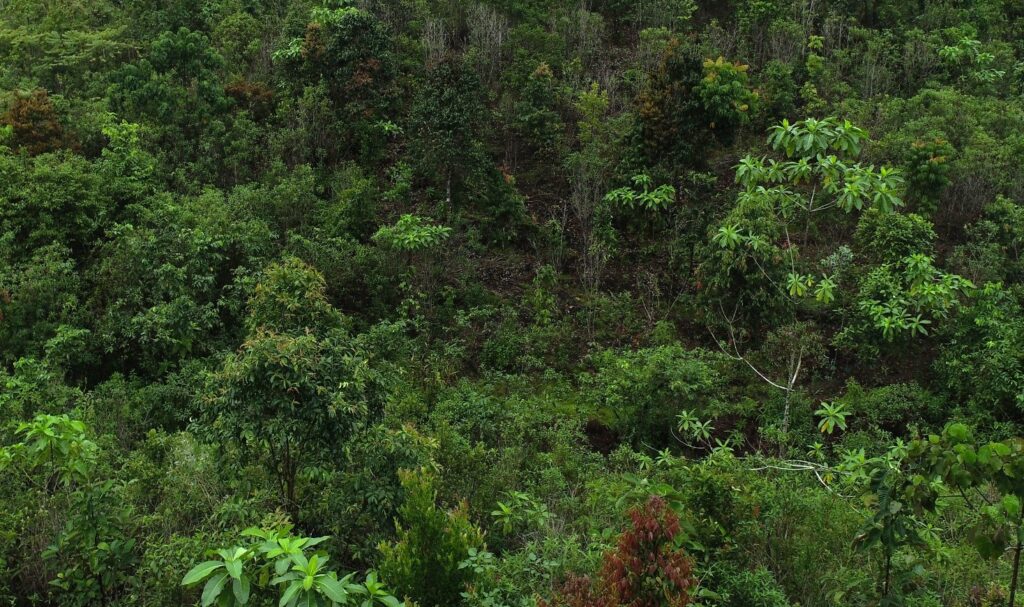
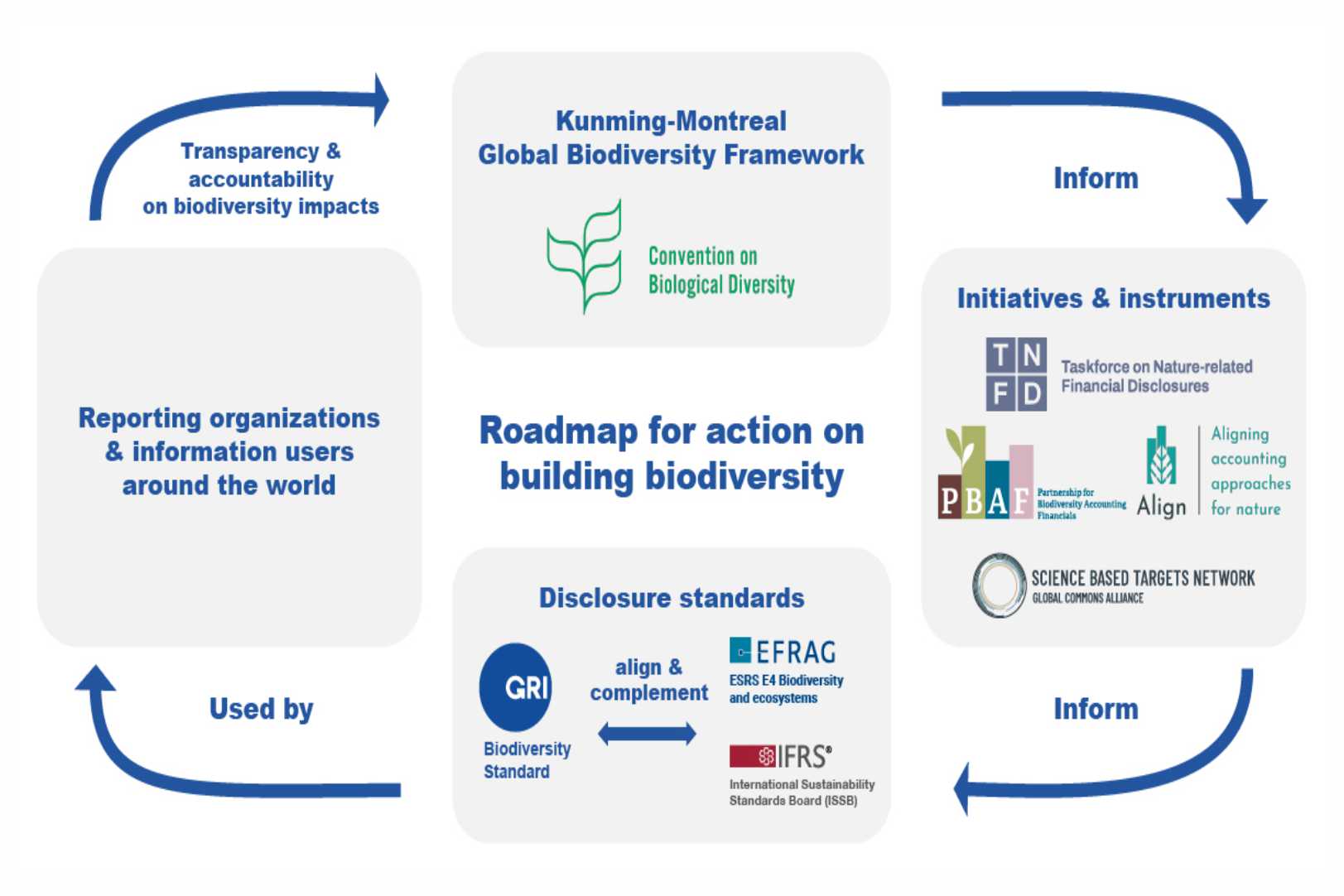
The Business Case for Enhanced Biodiversity Reporting
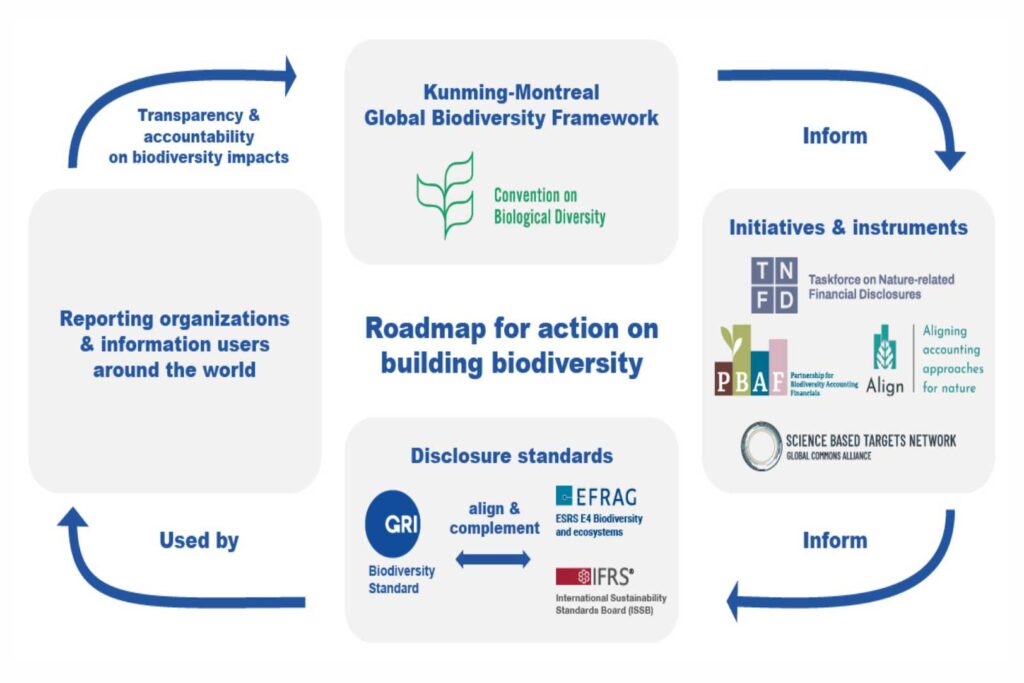
Biodiversity reporting has become a critical focus for businesses, especially in light of new international regulations. The Global Data and Biodiversity Framework (GDF), established at COP 15, emphasises the importance of understanding various regulations, such as the EU’s Deforestation Regulation, which directly impacts supply chains. Companies involved in exports must prepare for due diligence regarding their biodiversity impacts, ensuring compliance with these emerging standards.
Many organisations face significant challenges in data collection and reporting, which are essential for demonstrating their sustainability efforts. To address these challenges, tools like the European Sustainability Reporting Standards (ESRS) and the Corporate Sustainability Due Diligence Directive (CSDDD) are recommended to enhance reporting practices and ensure transparency in operations.
Implementing Initiatives
Financial implications are also paramount, as businesses will need to account for their ecological impacts in financial statements. The upcoming International Financial Reporting Standards (IFRS) will require companies to quantify their biodiversity dependencies and impacts, making proactive environmental management crucial. Current actions taken by businesses will shape future reports, highlighting the importance of long-term planning.
Successful examples of companies implementing biodiversity initiatives illustrate that collaboration across sectors is vital for effective biodiversity management. Addressing biodiversity is not just a regulatory requirement; it also presents an opportunity for businesses to showcase their commitment to sustainability.
Impacts and Dependencies
Key frameworks like the Taskforce on Nature-related Financial Disclosures (TNFD) can help businesses identify and assess nature-related risks and opportunities. TNFD’s integrated approach for the identification and assessment of nature-related issues called the LEAP approach is designed for use by organisations of all sizes and across all sectors and geographies. By employing a LEAP framework, companies can better understand their impacts and dependencies on biodiversity.
Globally, businesses are urged to adopt comprehensive reporting practices and engage in collaborative efforts to enhance resilience while contributing positively to environmental conservation. By understanding their value chains and interactions with nature, companies can effectively manage risks associated with biodiversity loss while seizing opportunities for sustainable growth.
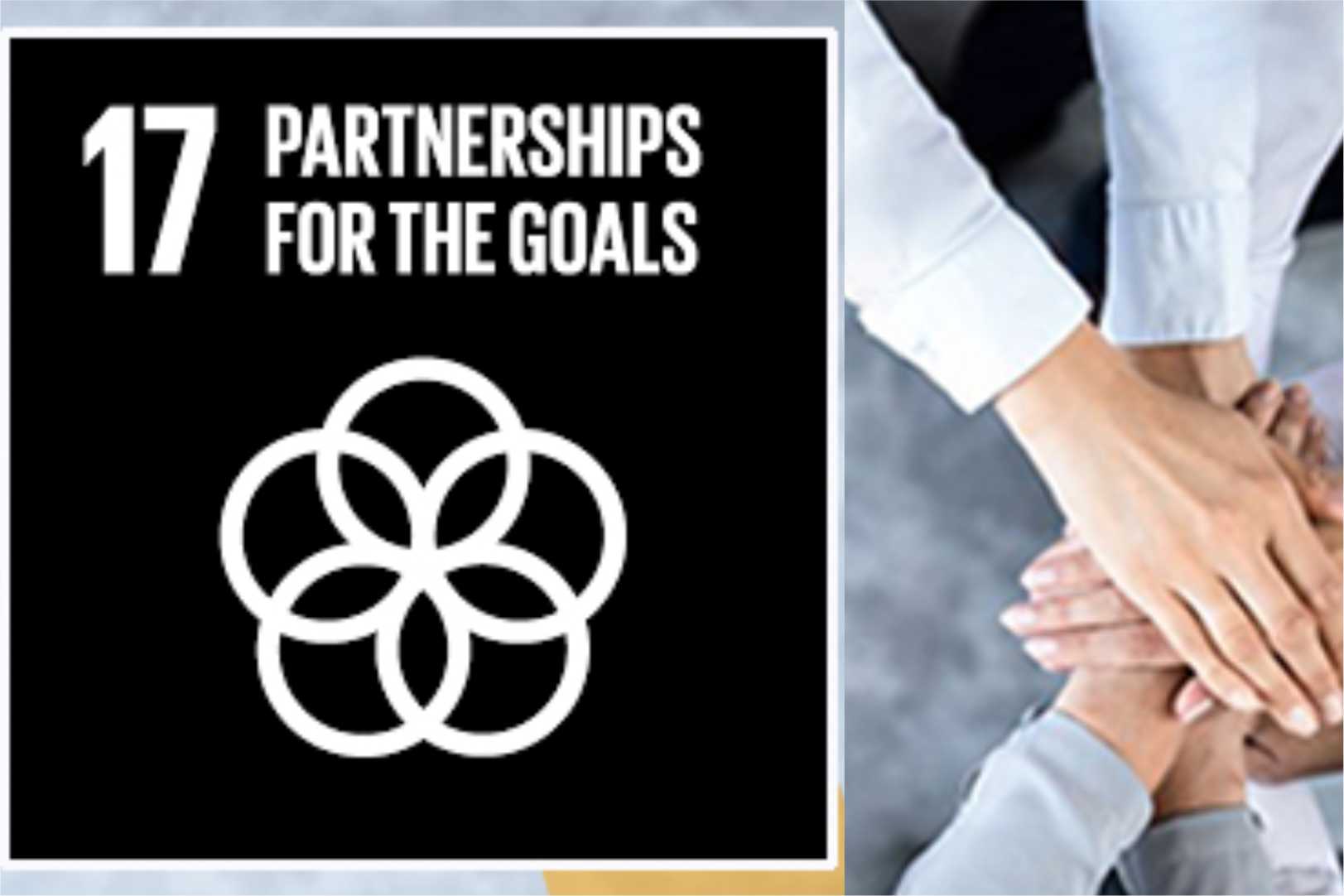
Private Sector Driving National Initiatives
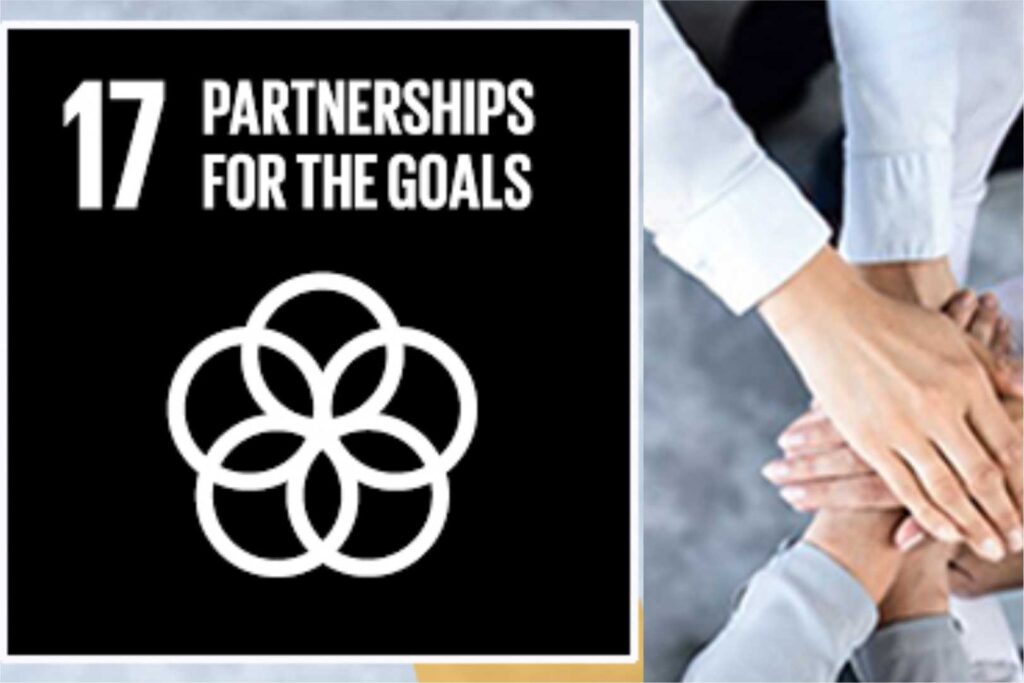
Sri Lanka is making significant efforts to protect its biodiversity and align with global environmental initiatives. One of the key steps the country has taken is the formation of the National Biosecurity Team to implement the goals set by the Convention on Biological Diversity (CBD), which Sri Lanka ratified in 1994. These efforts aim to develop sustainable practices across various sectors, with a focus on fostering harmony between people and nature by 2050. However, the government alone cannot achieve these ambitious goals. The involvement of the private sector is crucial for making meaningful progress.
The National Biodiversity Strategic and Action Plan (NBSAP) outlines 20 strategic targets aimed at conserving biodiversity and promoting sustainable development. These targets address a wide range of areas, from raising public awareness and integrating biodiversity into national economic policies, to protecting ecosystems and promoting sustainable resource management. Some targets specifically call on the private sector to engage in biodiversity conservation, disclosing their environmental impacts and adopting sustainable practices.
New Approaches to Landscape Management
Despite having strong frameworks in place, the government faces challenges in implementing many of these targets. For example, there are six comprehensive plans for nature-based tourism developed by the World Bank’s Ecosystem Conservation and Management Project (ESCAMP), but they remain inactive due to funding challenges. These plans, if activated, could bring in local and international visitors, boosting the economy and fostering sustainable tourism. The private sector’s involvement in such initiatives could unlock tremendous potential and help bring these dormant projects to life.
Another area where private sector involvement is critical is in landscape management. There are two well-developed plans for biodiversity-rich areas prepared by ESCAMP. One such plan is the Sinharaja Forest Range Landscape Management Plan. The other such comprehensive plan is the Hurulu-Kaudulla-Kanthale Landscape Management Plan. Businesses have an excellent opportunity to invest in sustainable practices within these landscapes, benefiting from their natural beauty and contributing to long-term conservation efforts. By working together with the government and other stakeholders, the private sector can help realize the full potential of these regions and play a key role in preserving Sri Lanka’s natural heritage.
Funding Biodiversity Management
The biggest obstacle to implementing many of these sustainable initiatives is the lack of financial resources. Here, the private sector can step in by co-financing projects that need funding to get started. Whether through direct investments, partnerships, or other funding arrangements, businesses can help support sustainable tourism, conservation, and biodiversity management projects.
The government is eager to collaborate with the private sector and is open to showcasing potential projects where partnerships can lead to meaningful progress. Through these collaborations, both the private sector and the government can achieve greater success in driving sustainable initiatives that benefit the environment and the economy.
Unlocking Potential through Collaboration
The active participation of the private sector is essential to achieving Sri Lanka’s biodiversity and sustainability goals. By fostering collaborative partnerships with the government and other stakeholders, businesses can help overcome financial and operational challenges while making a significant positive impact on both the economy and the environment.
Together, we can leverage resources, share knowledge, and drive innovative solutions to create a sustainable future that not only benefits nature but also enhances economic growth and community resilience. Engaging in these partnerships will not only pave the way for sustainable development but also position the private sector as a leader in environmental stewardship. Biodiversity Sri Lanka is committed to make this a reality.
Derived from the discussions that took place on this subject at the 2024 Annual Technical Sessions of Biodiversity Sri Lanka.



